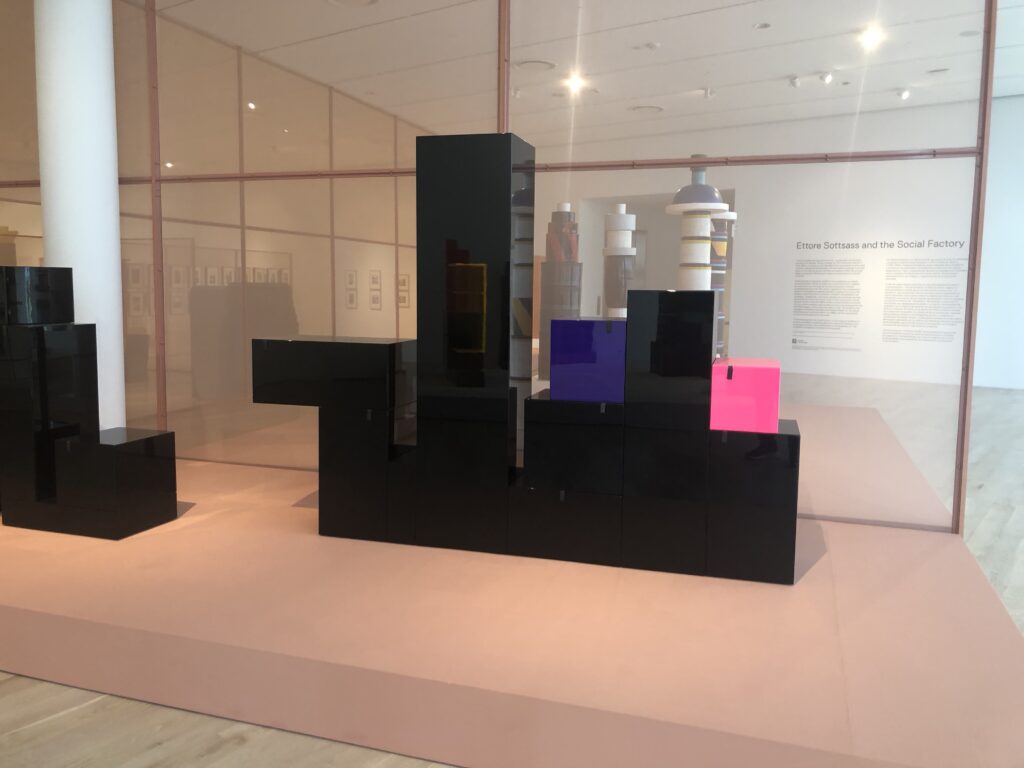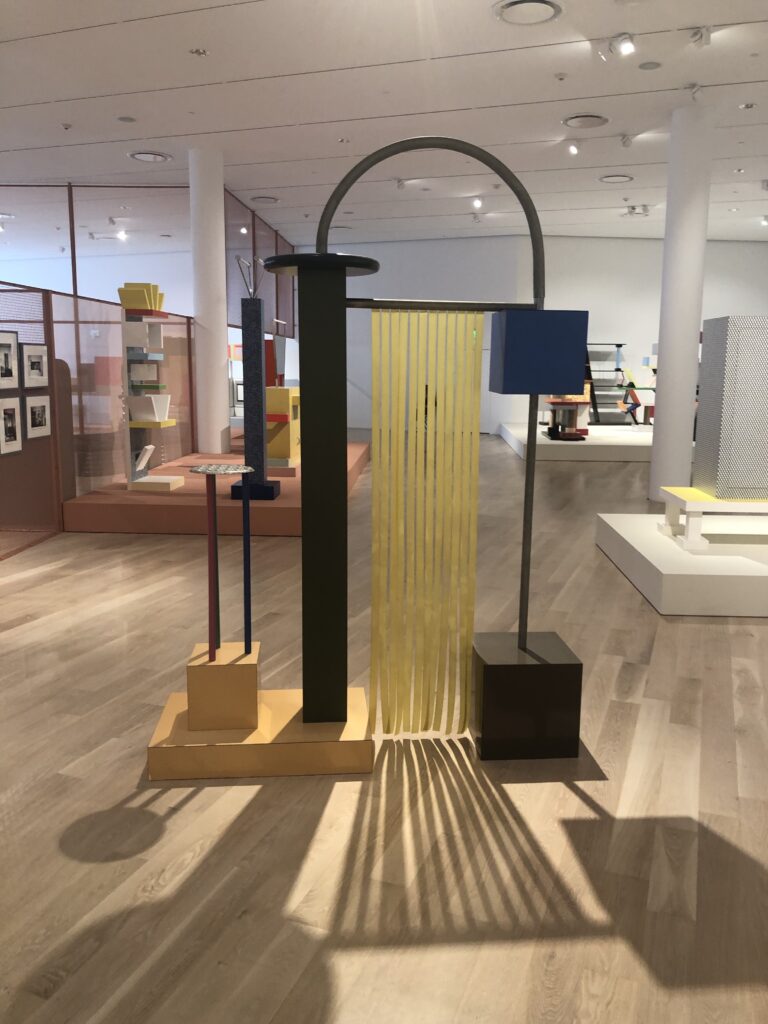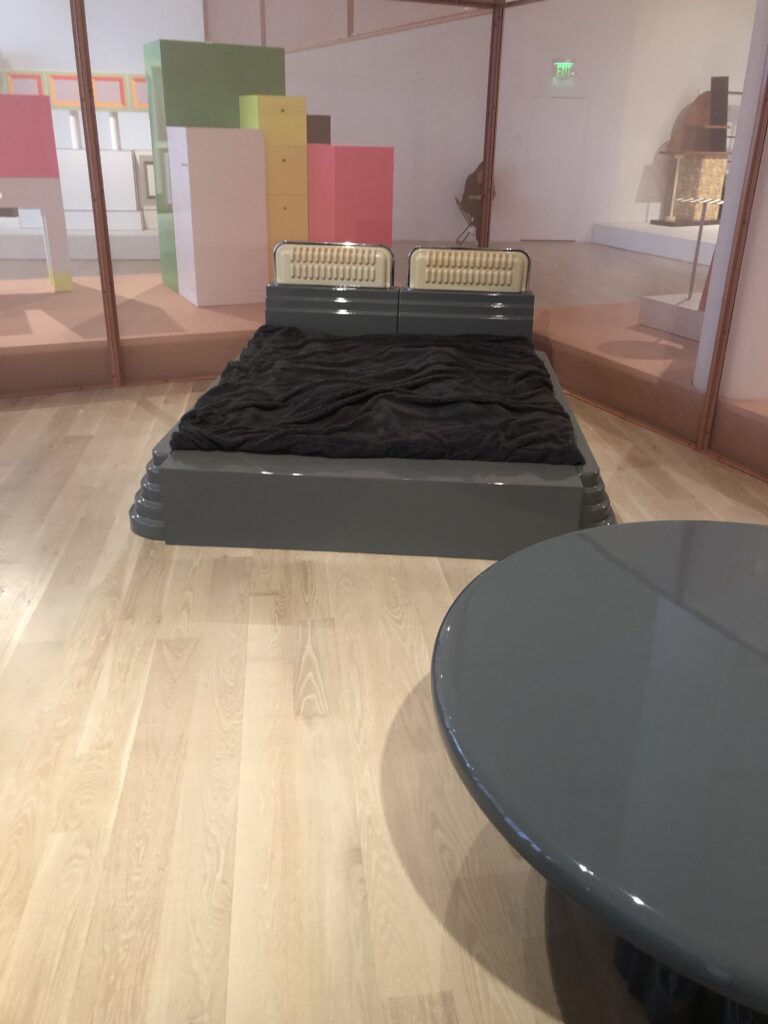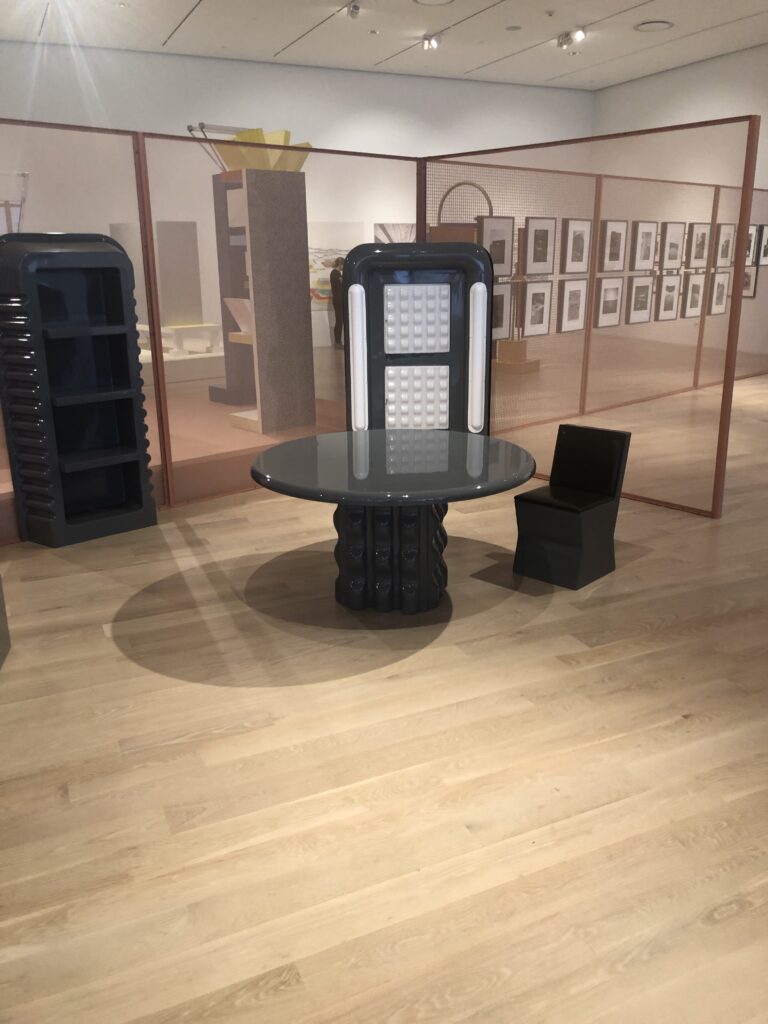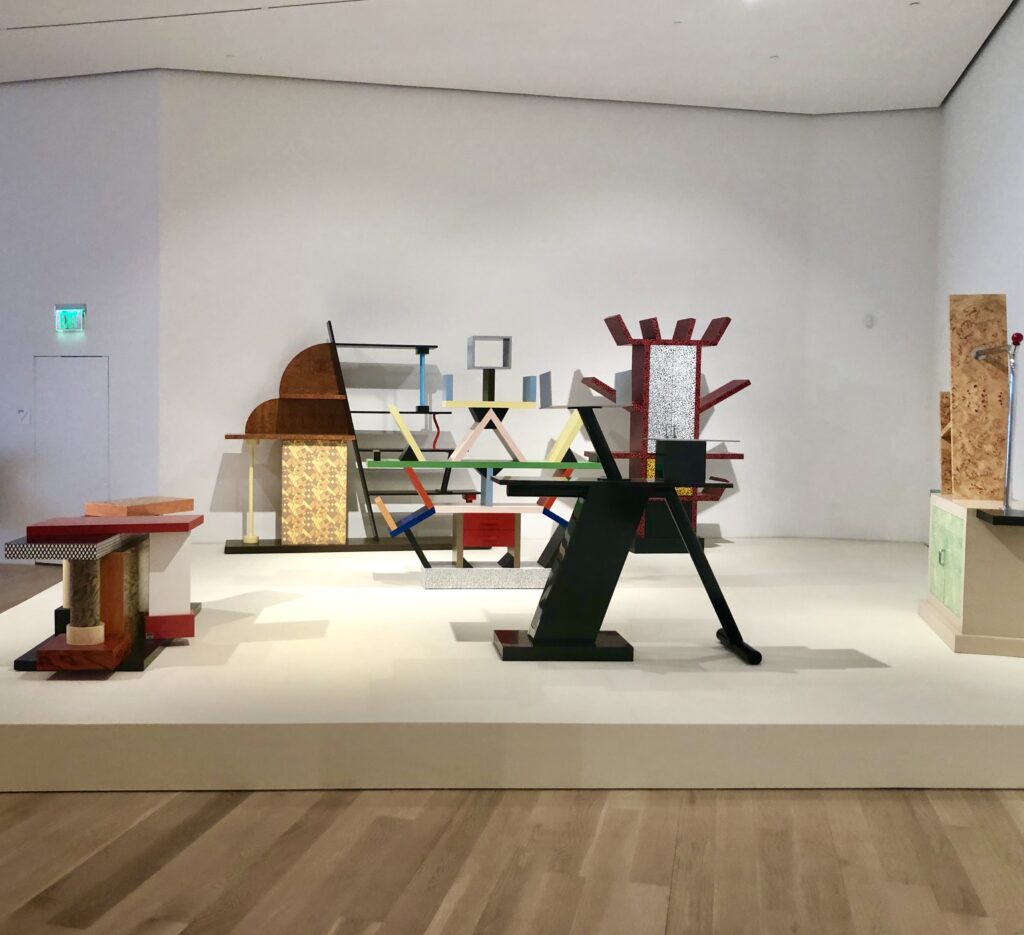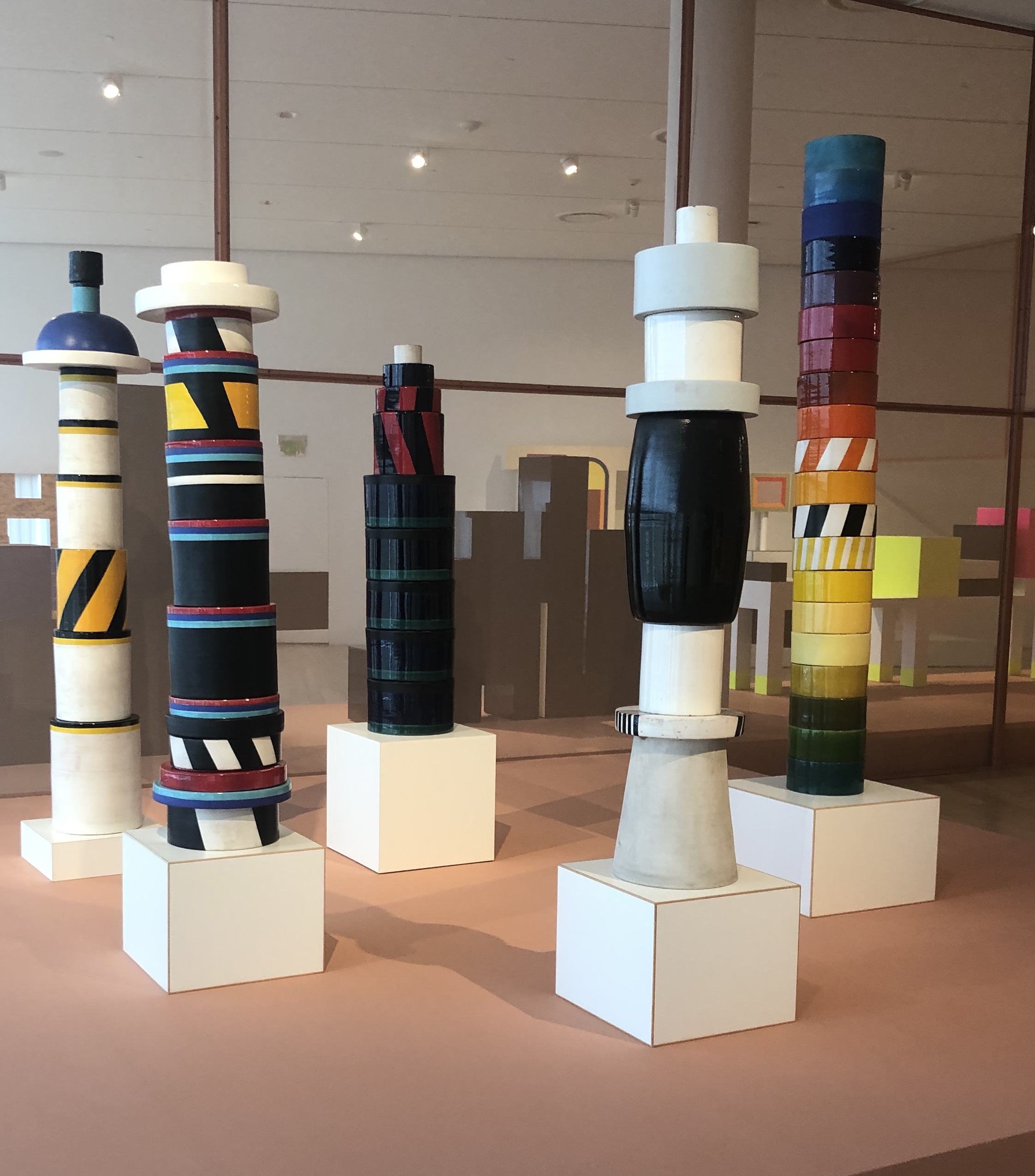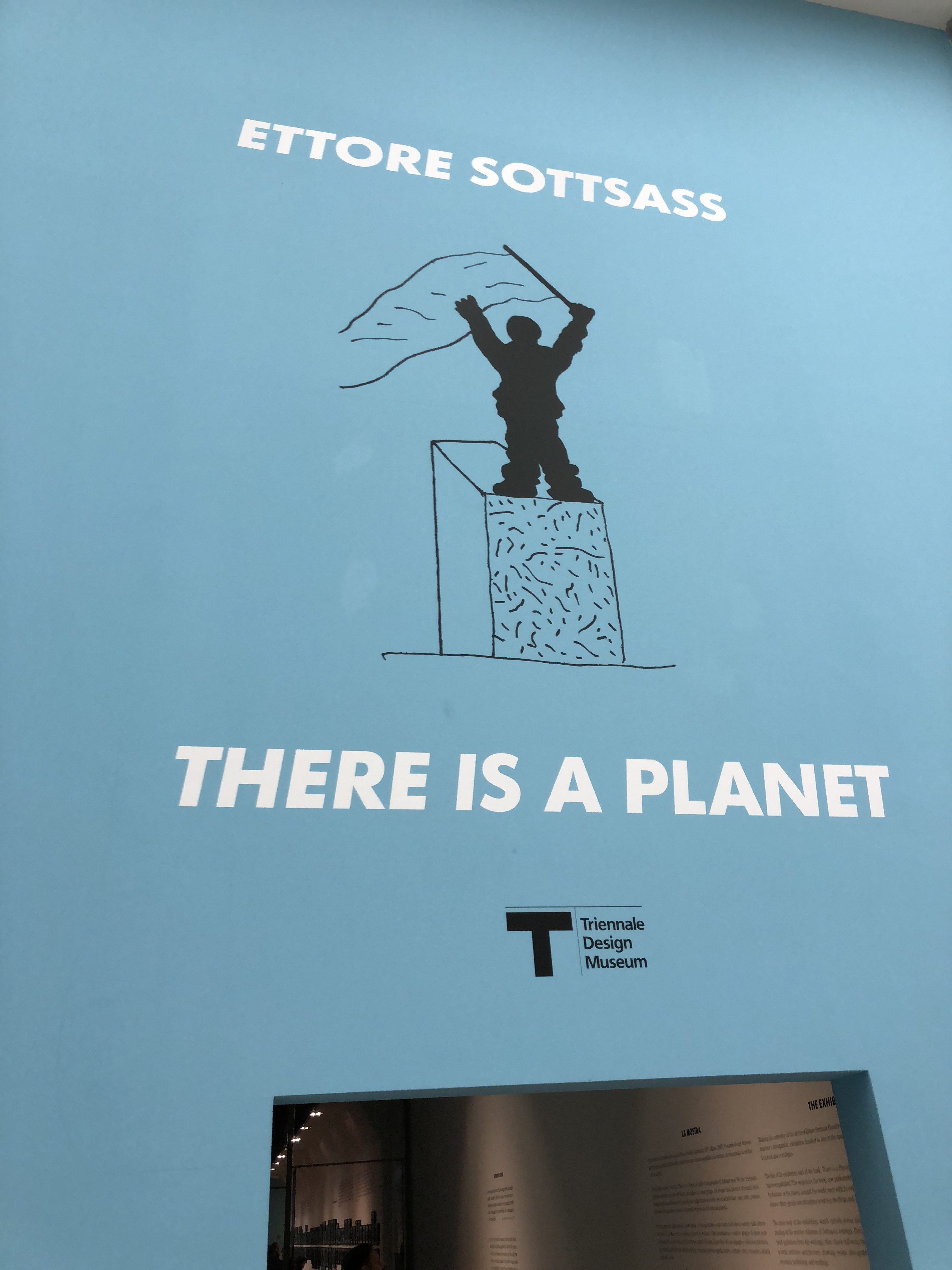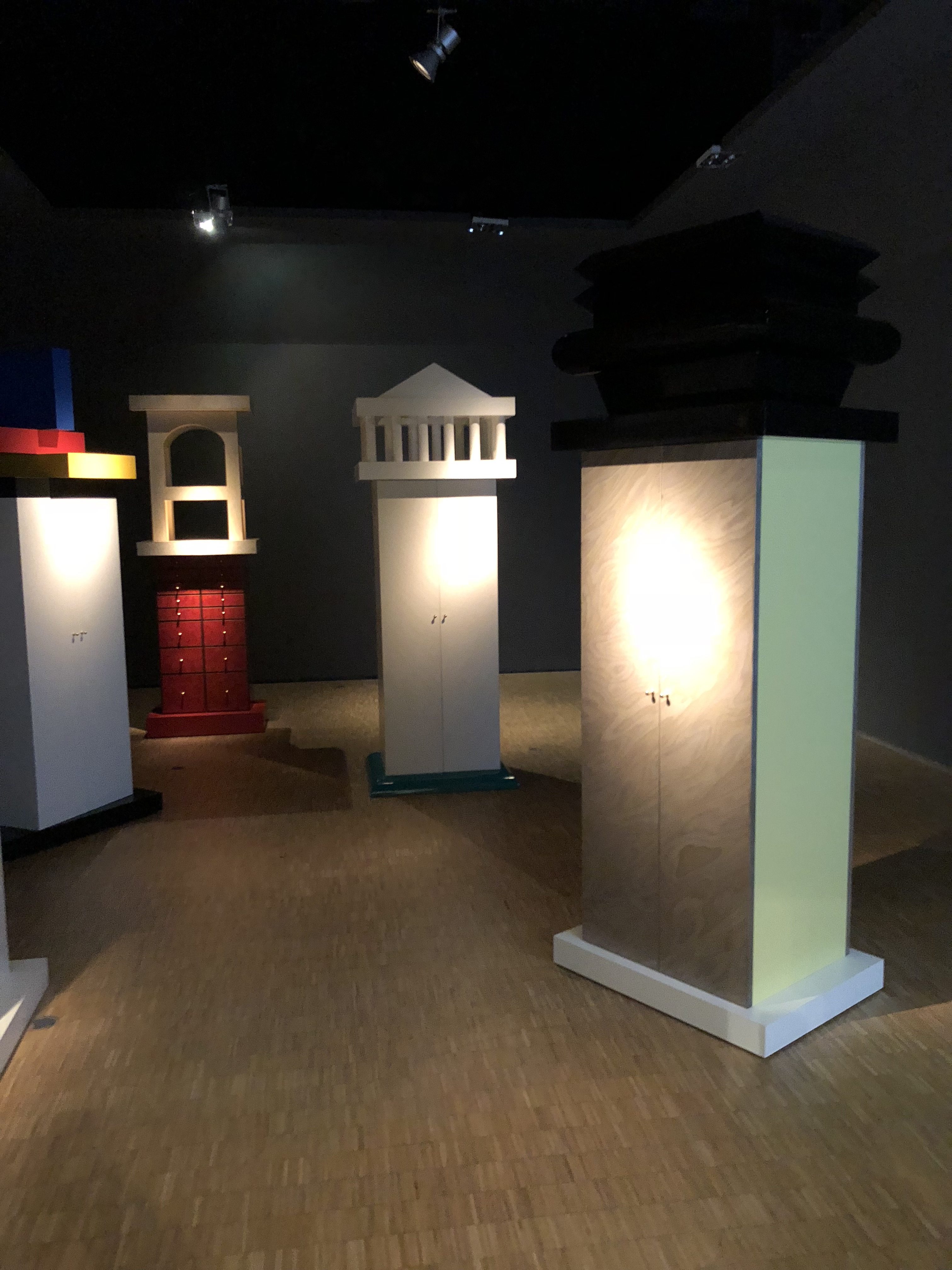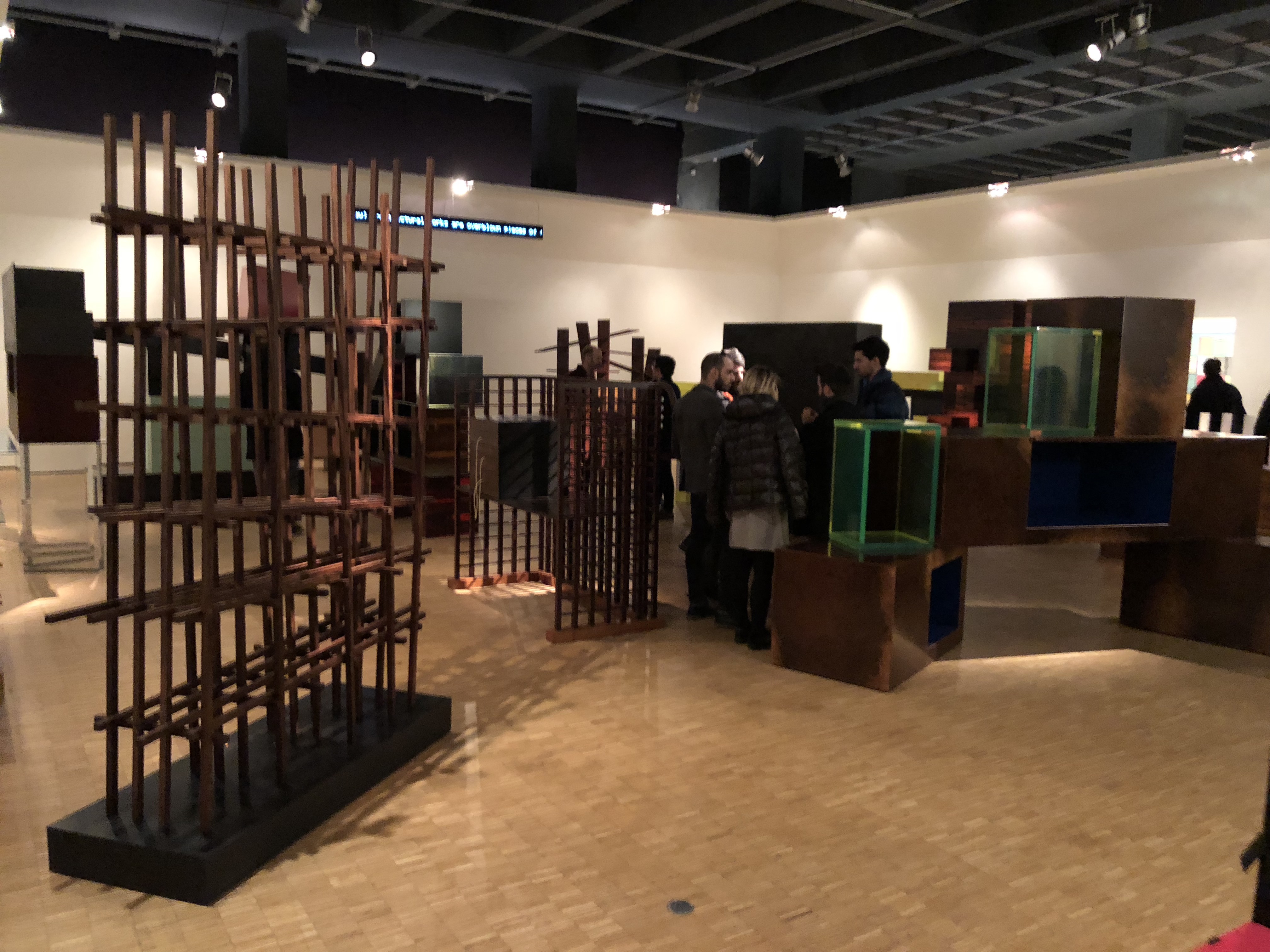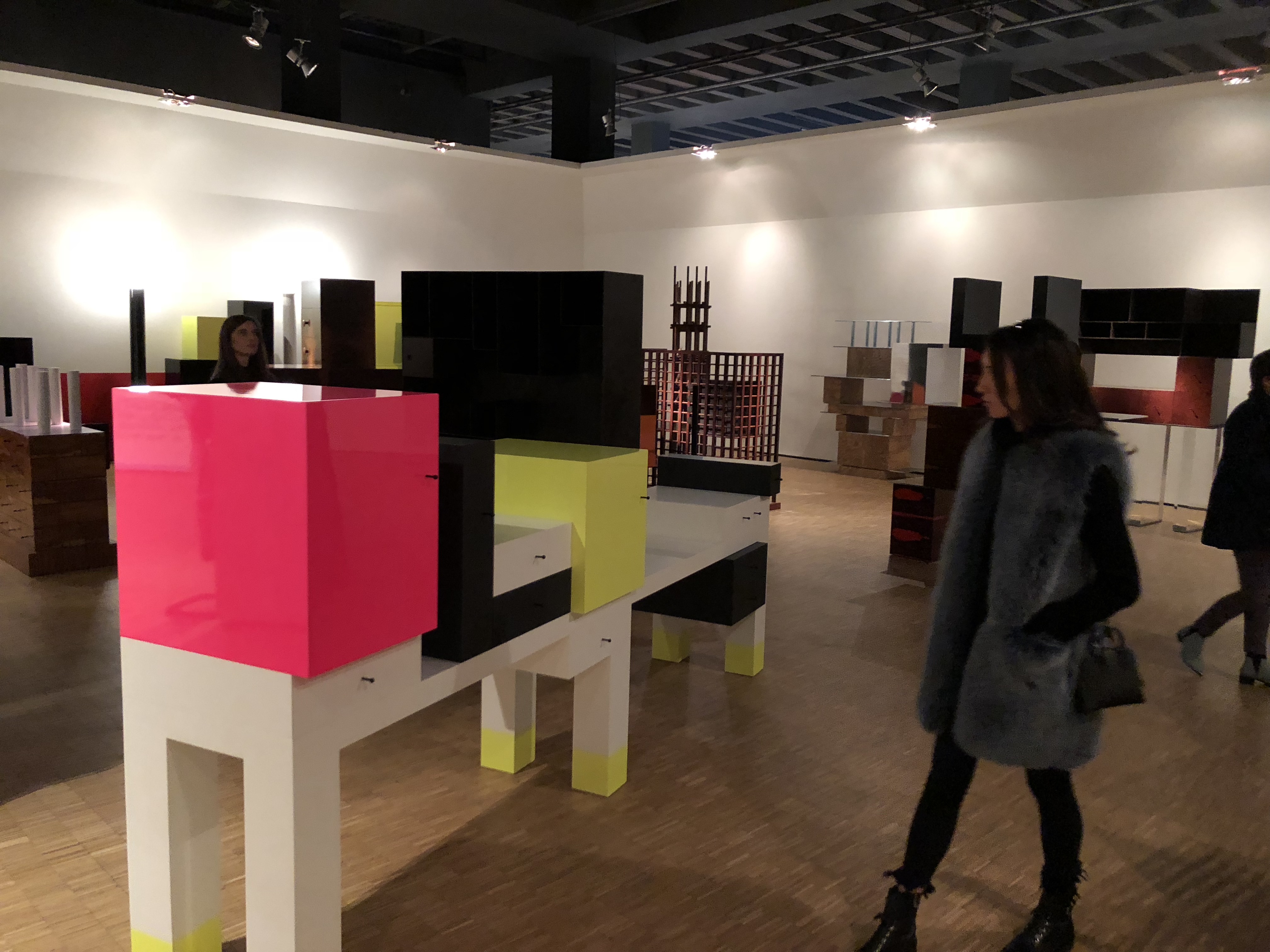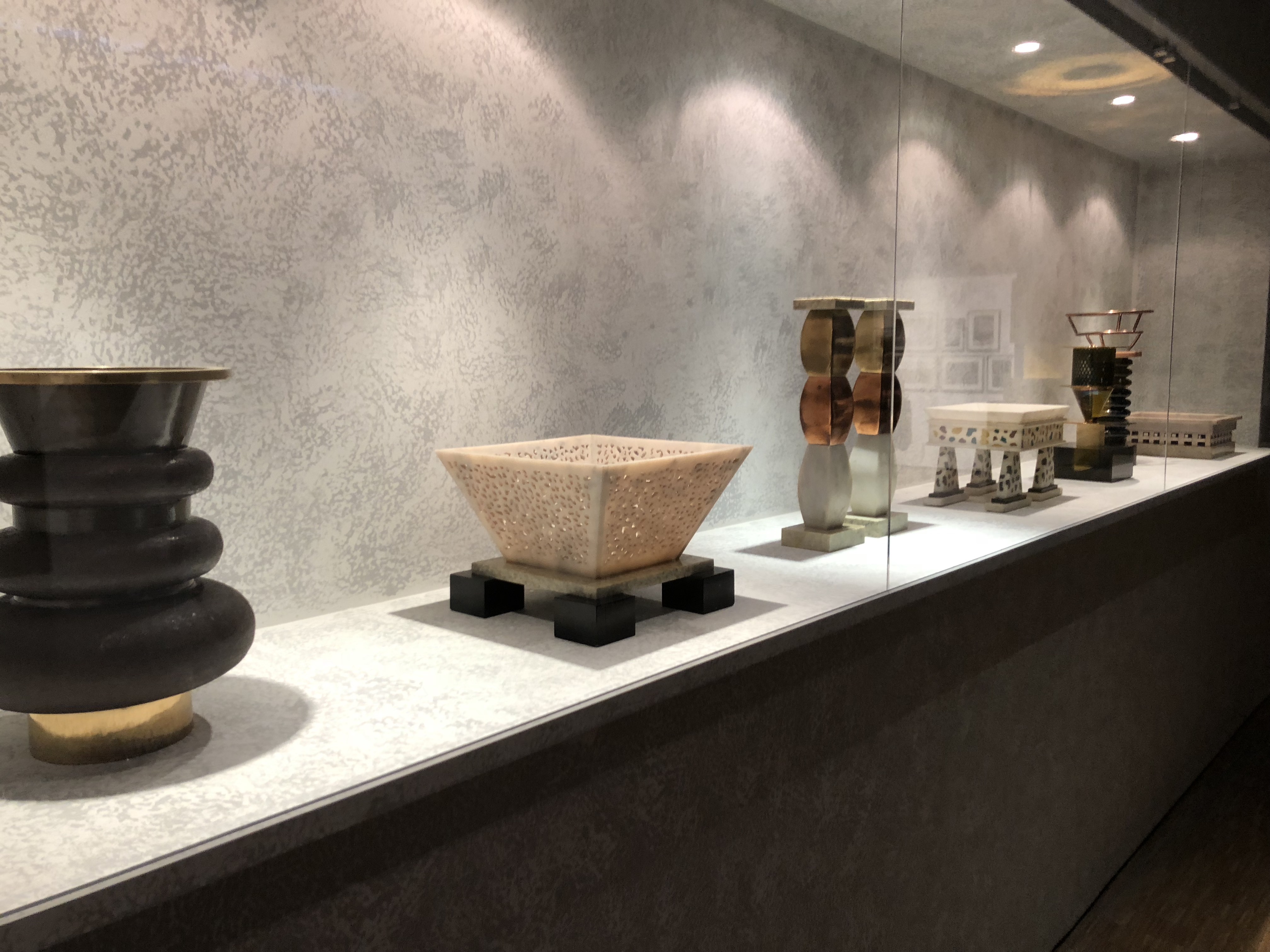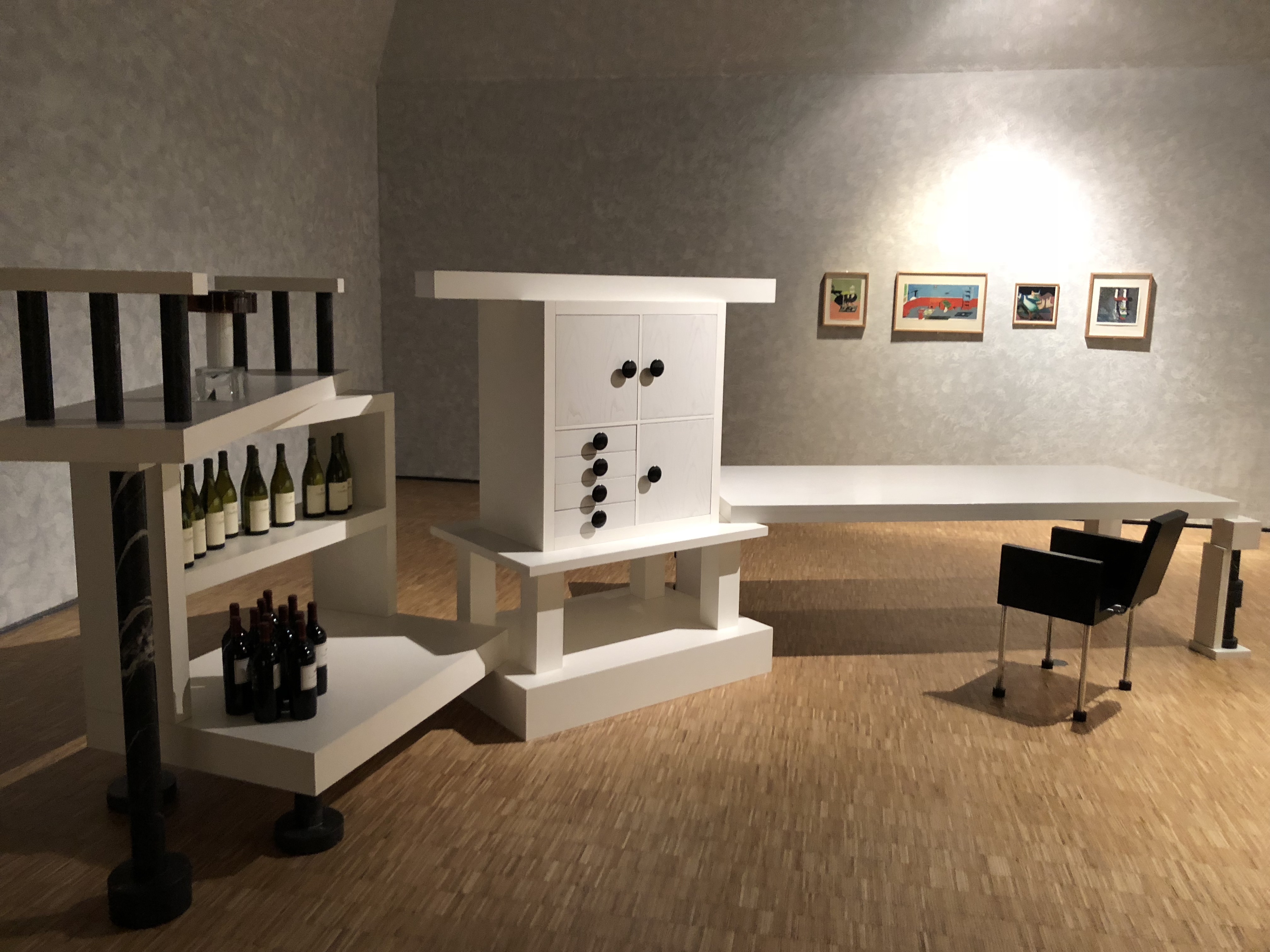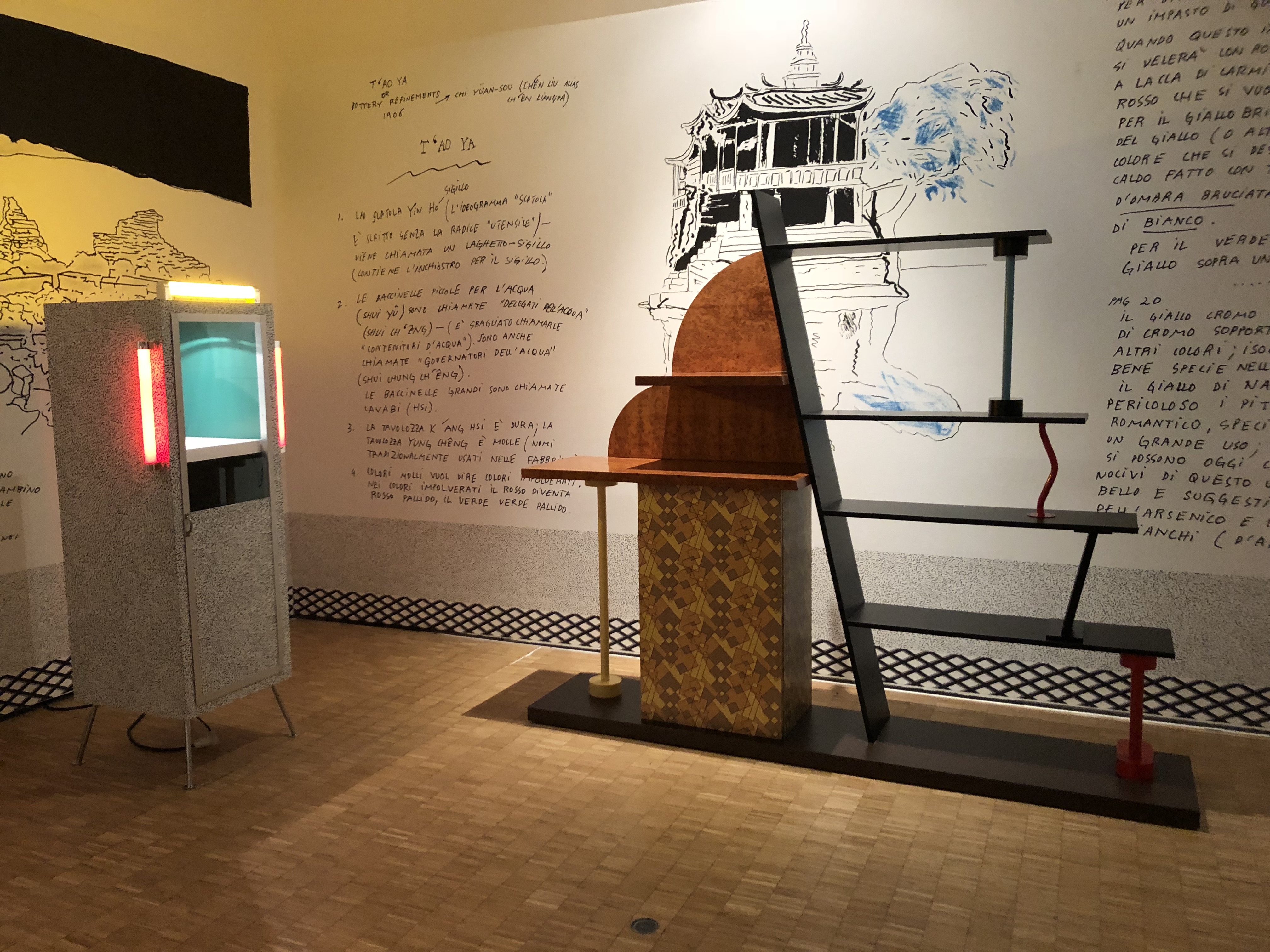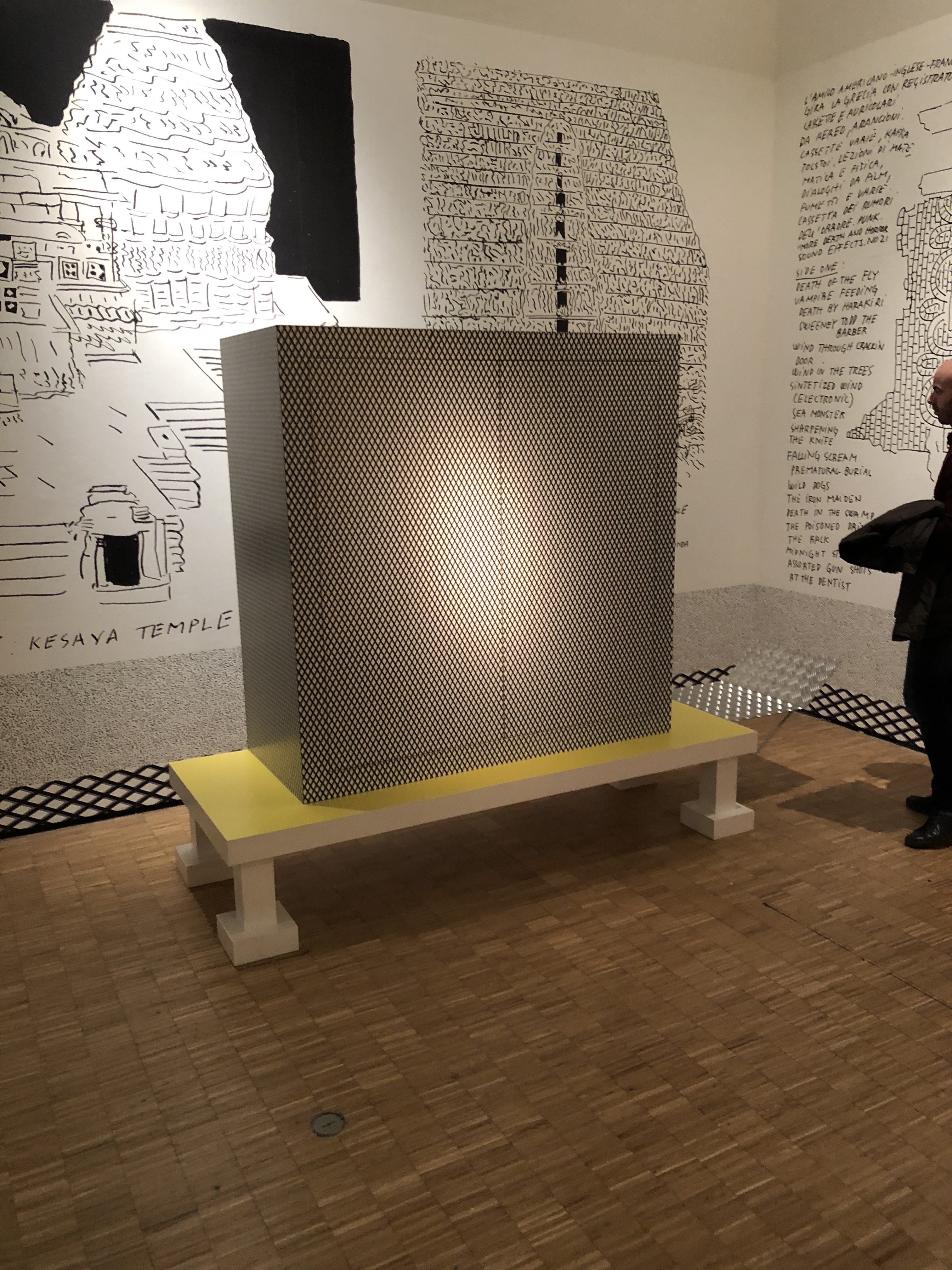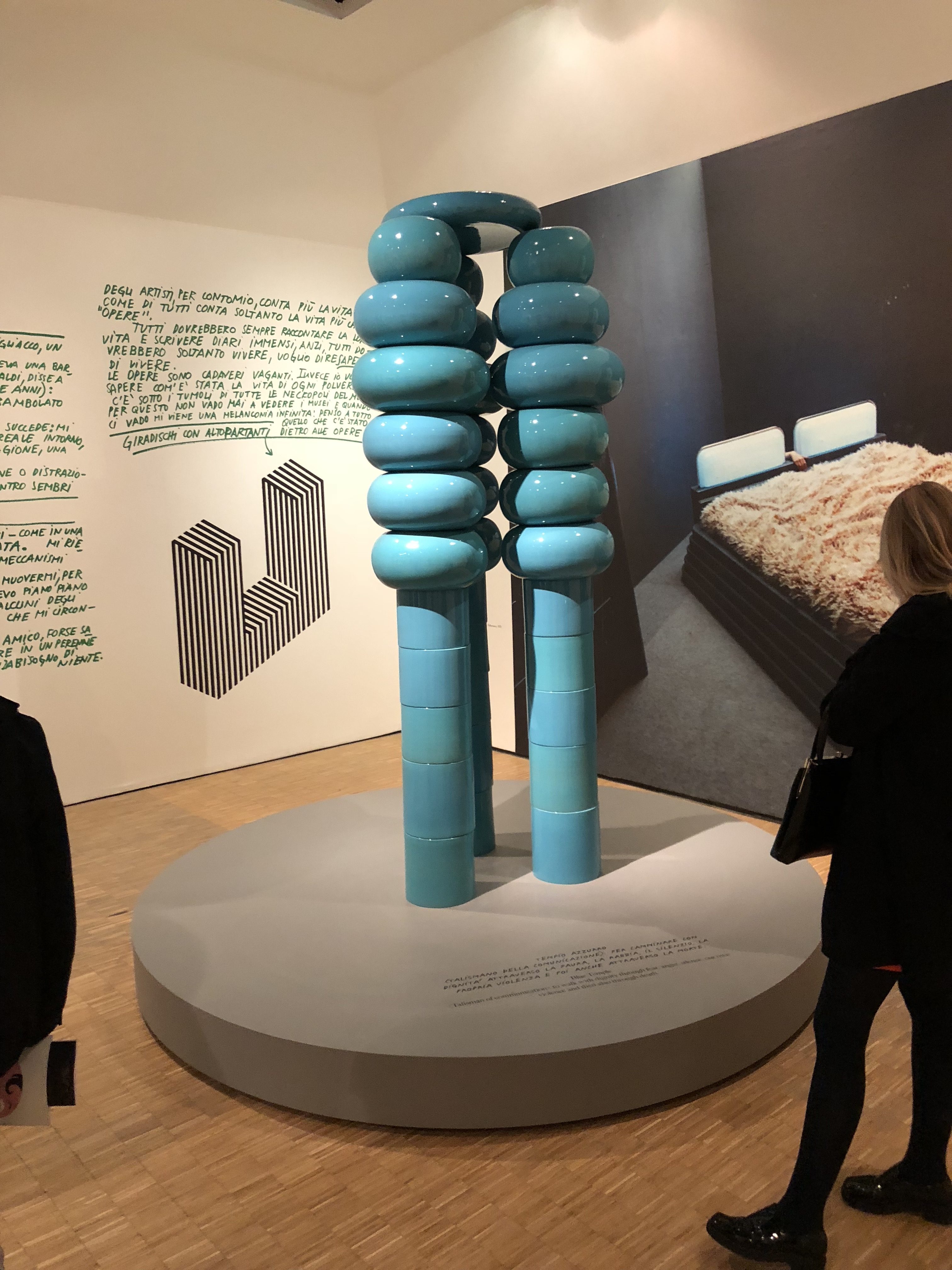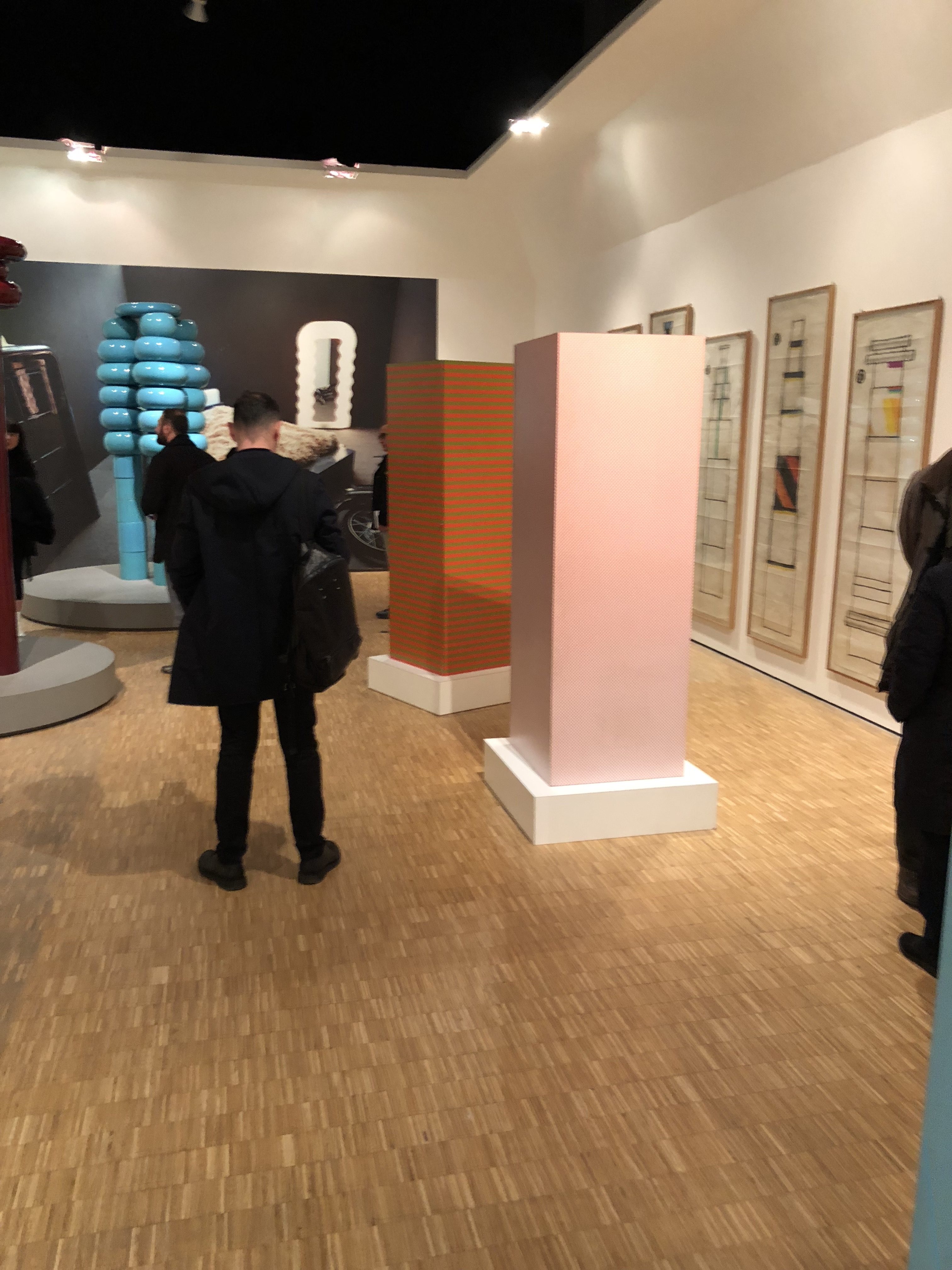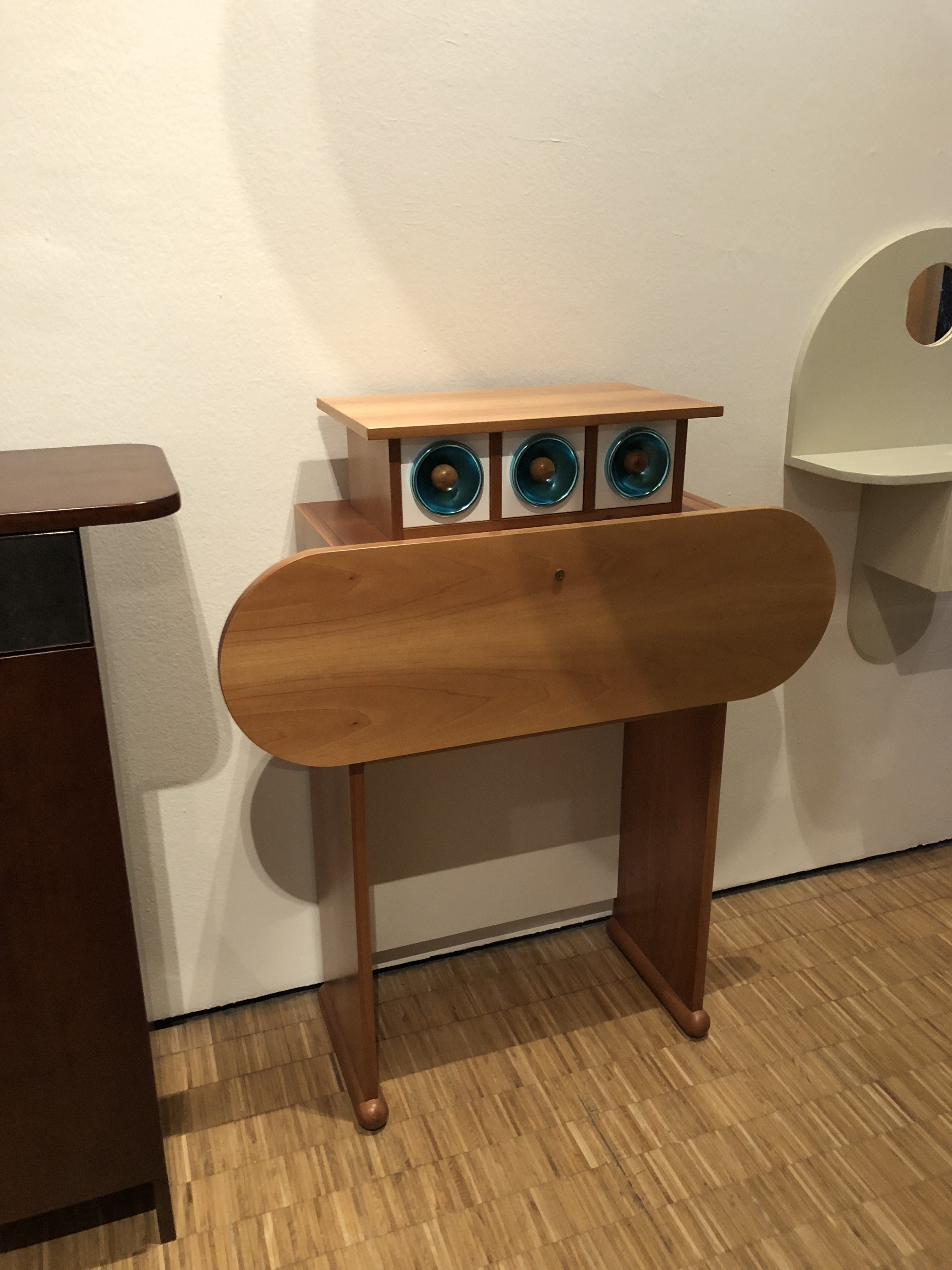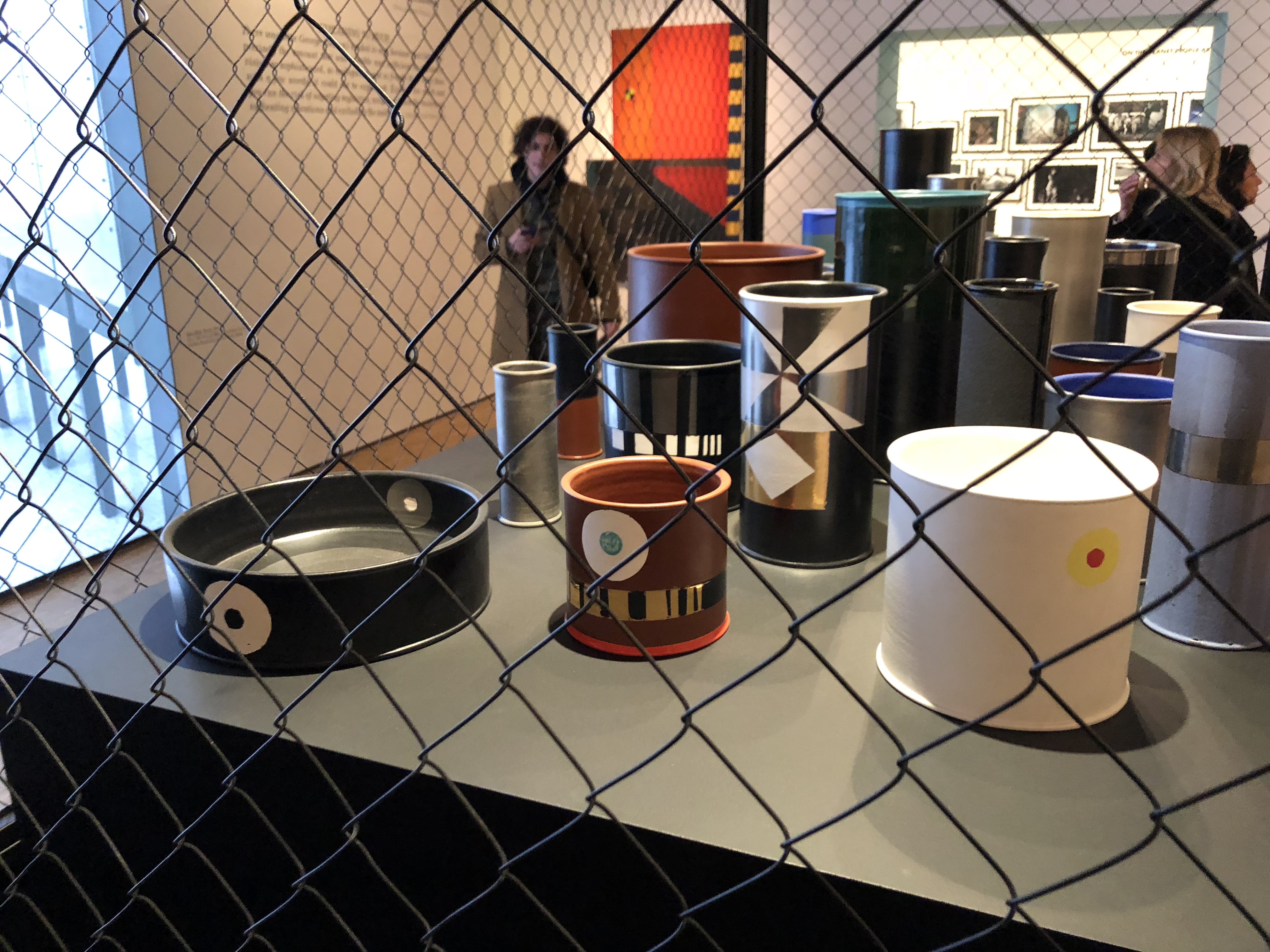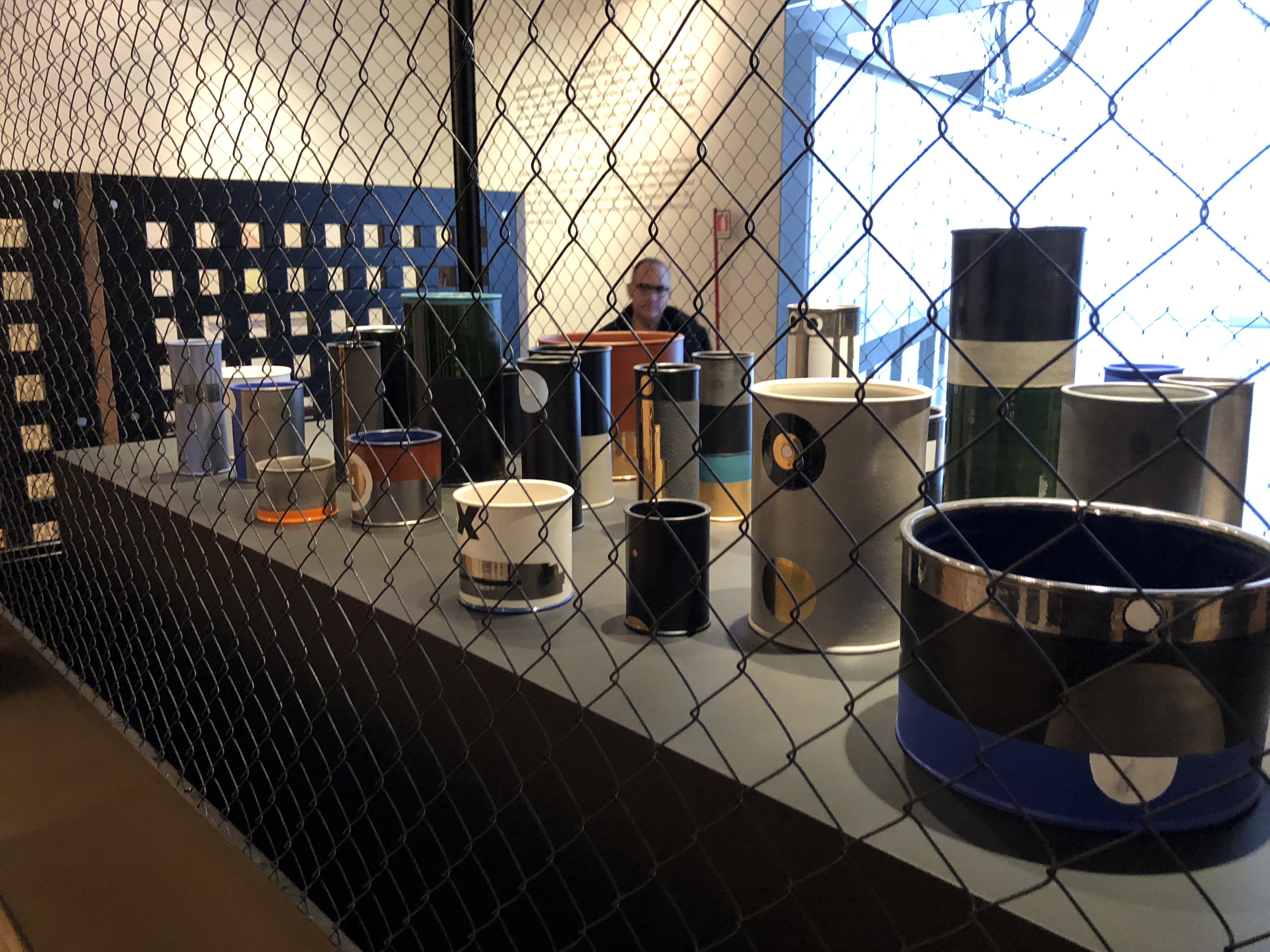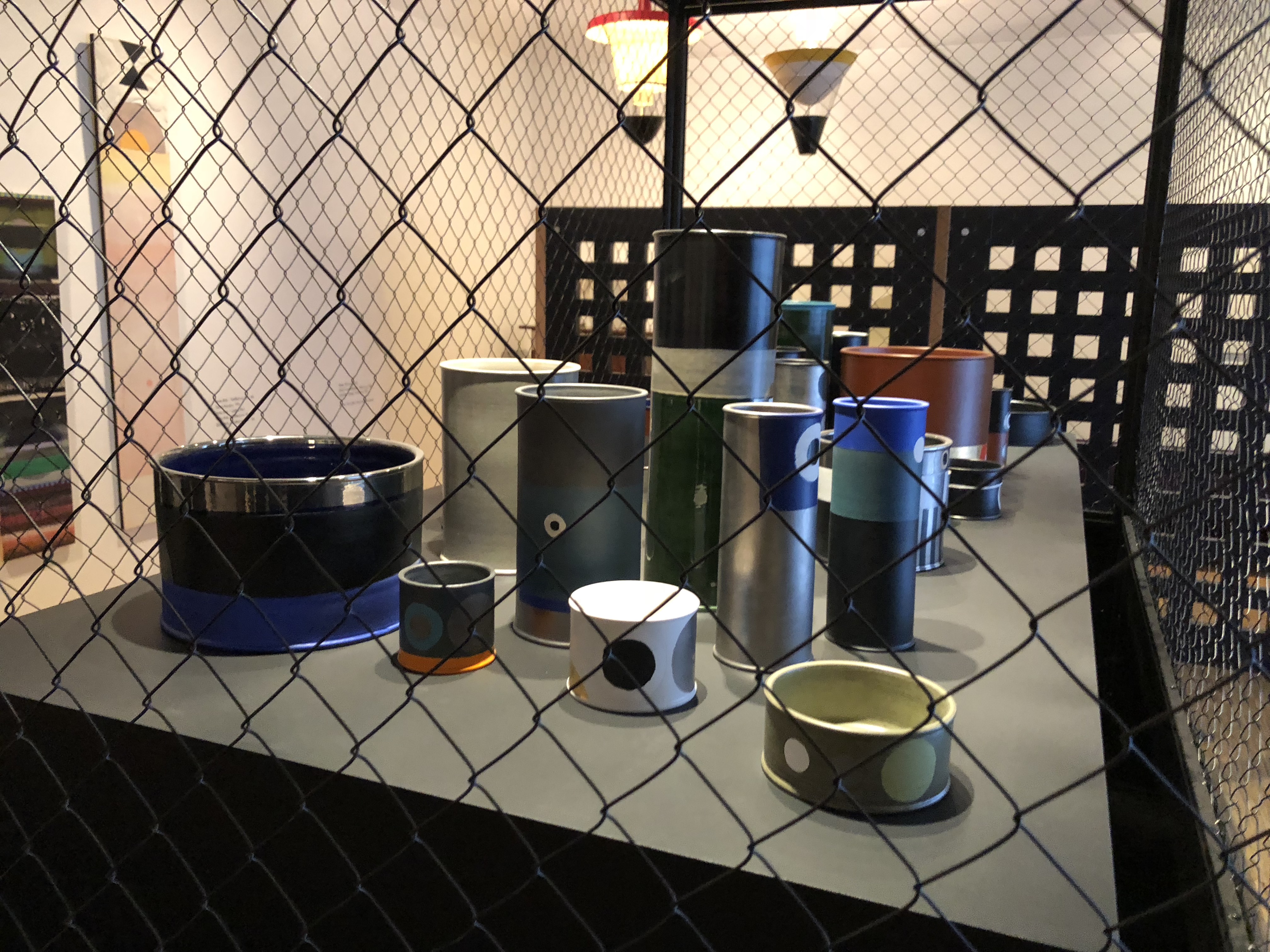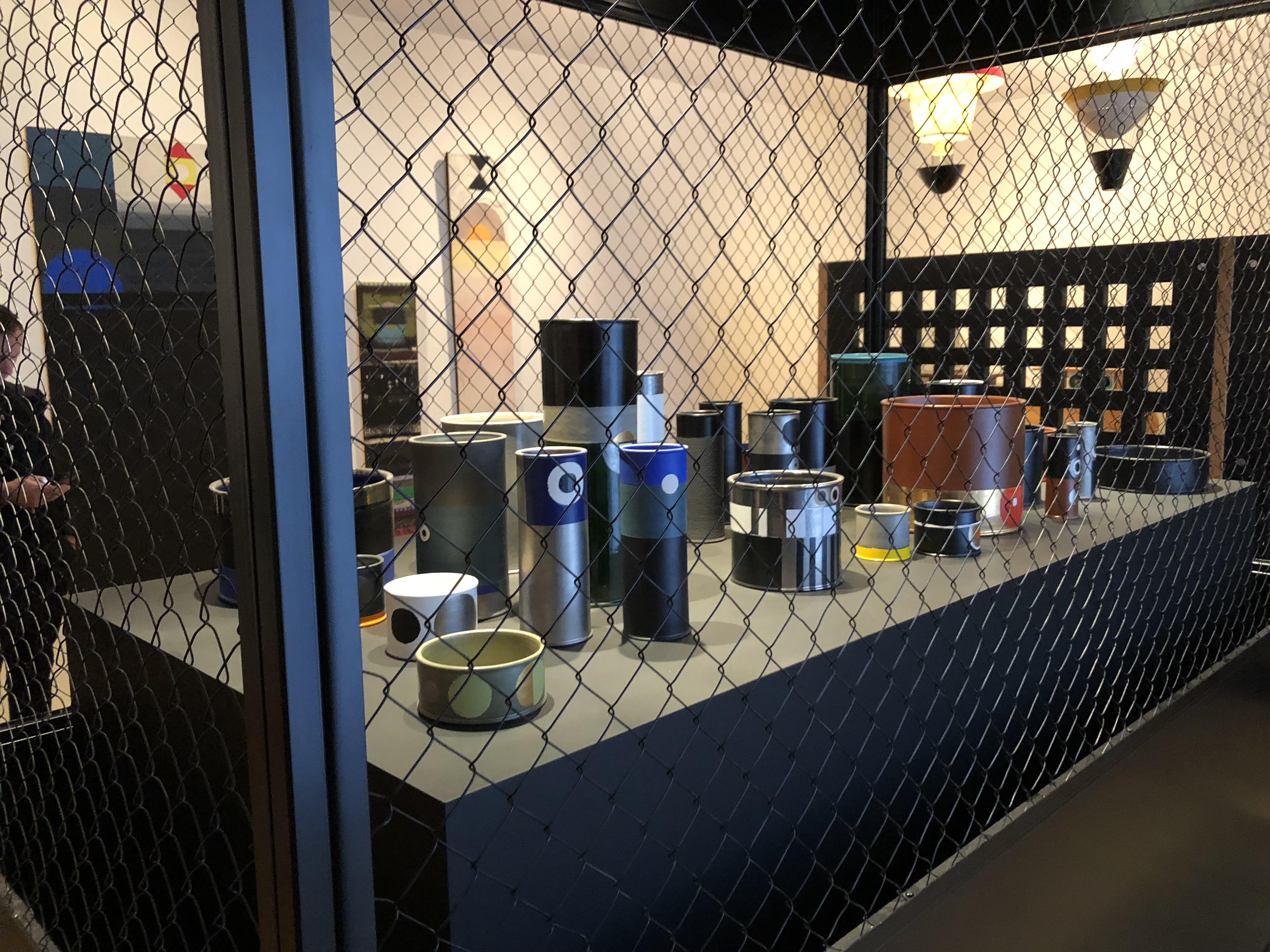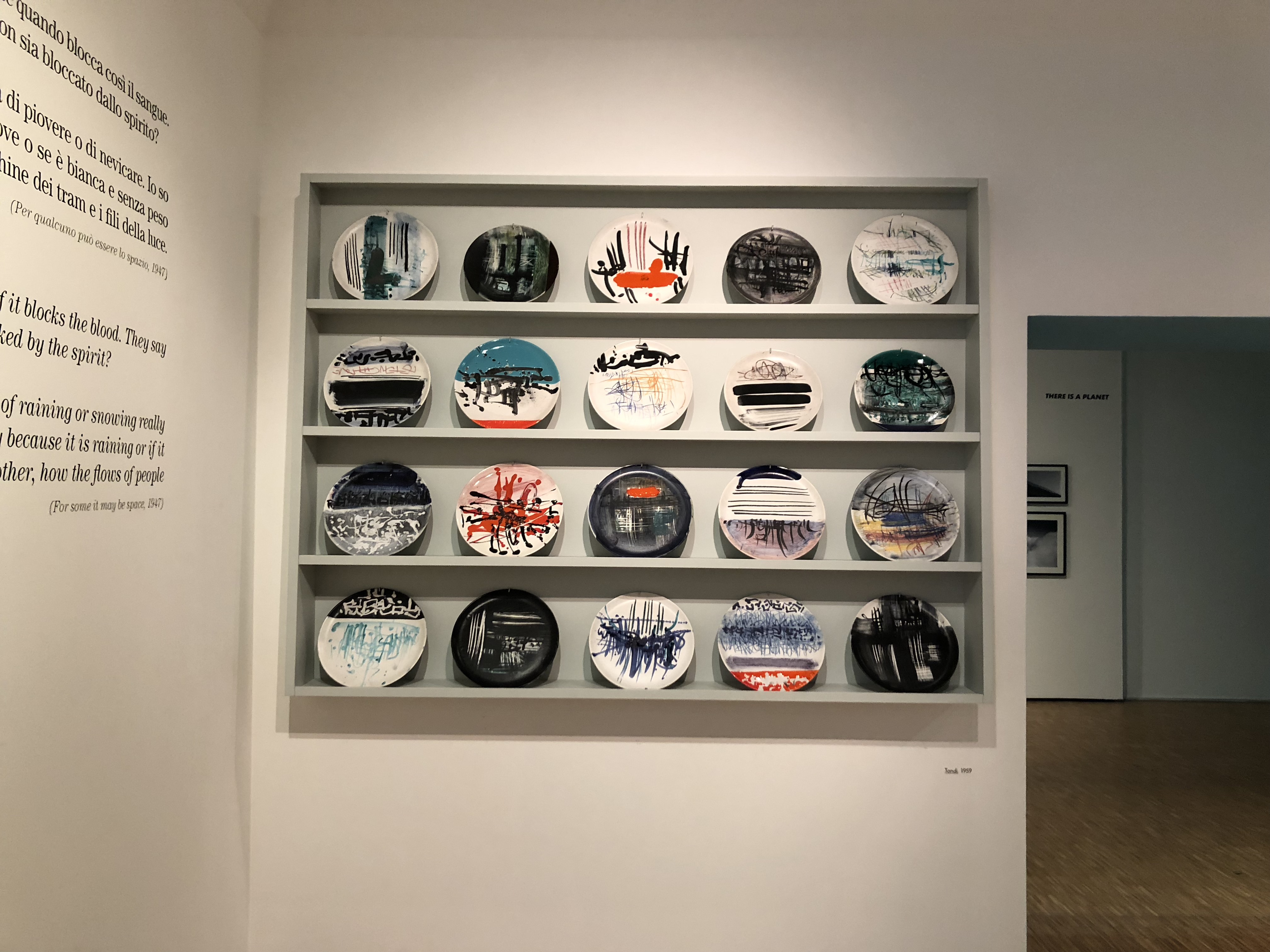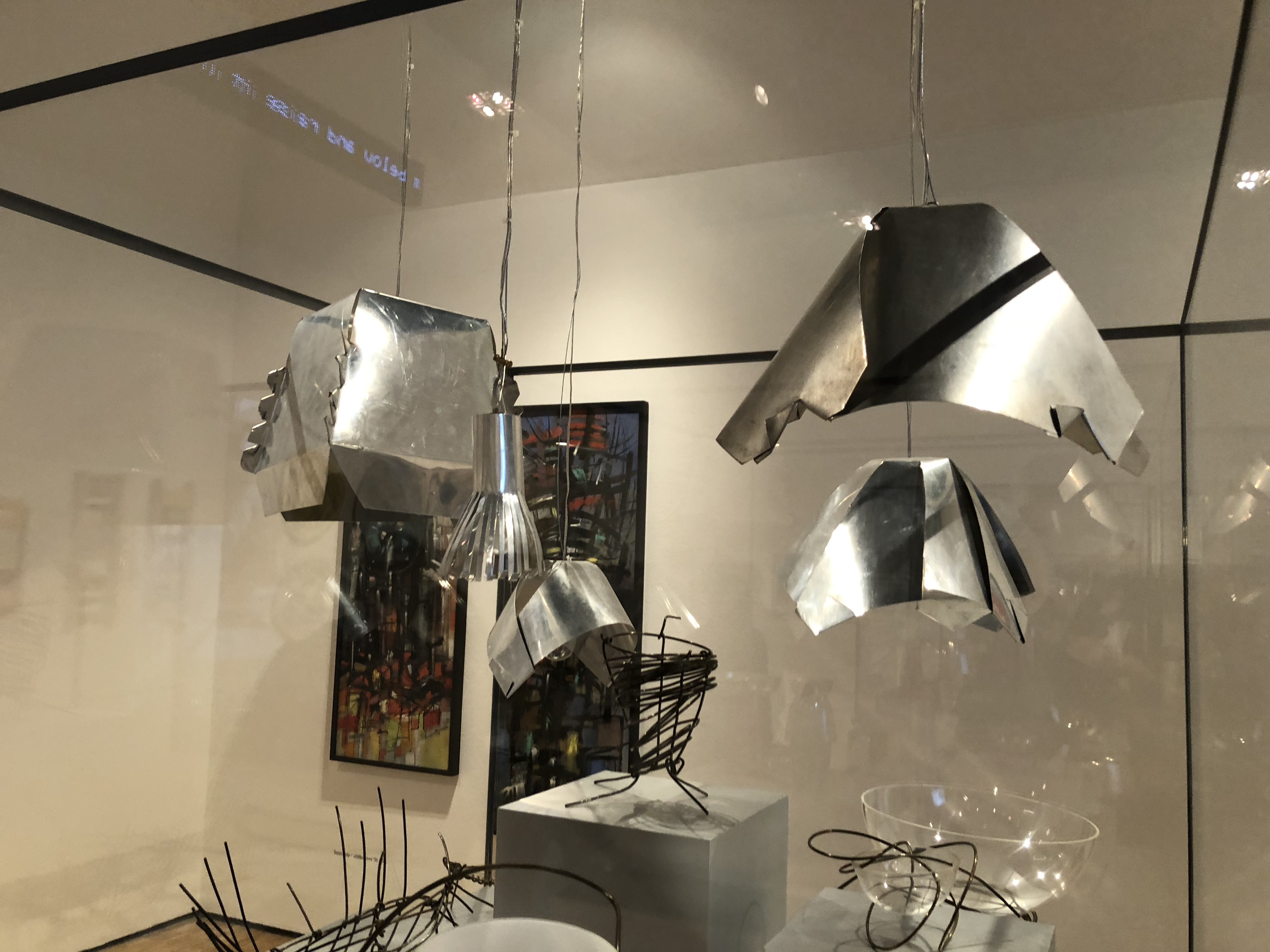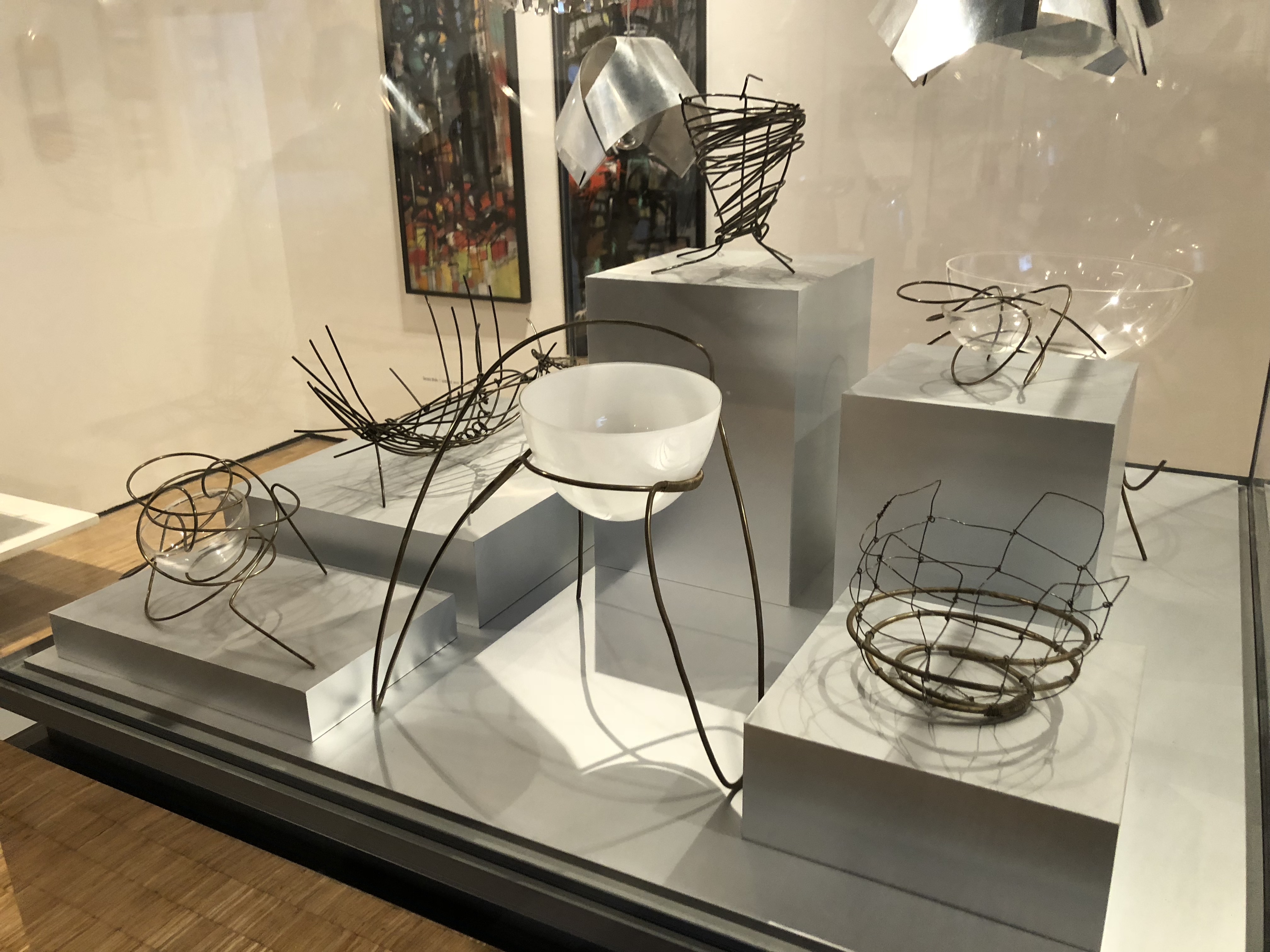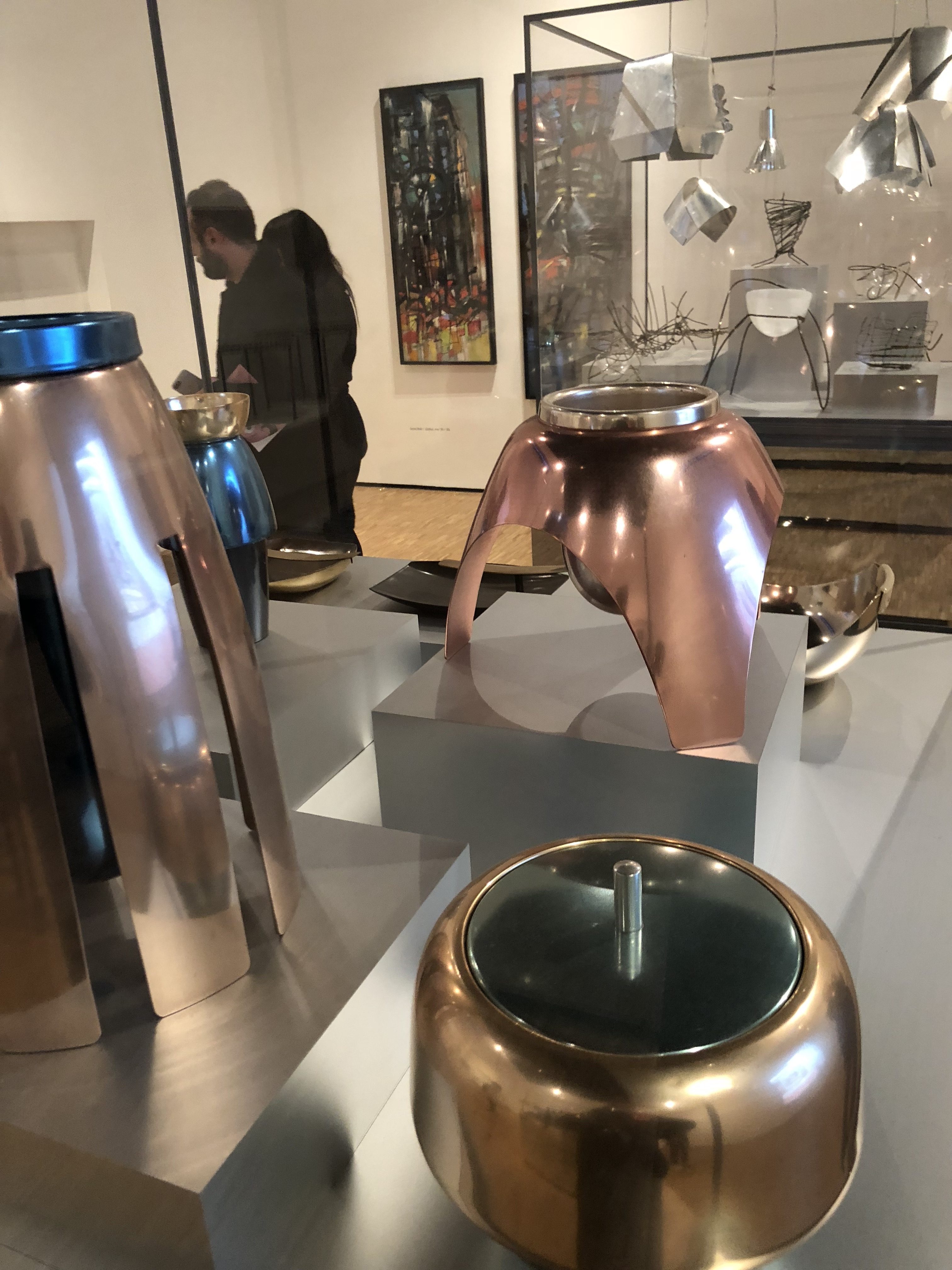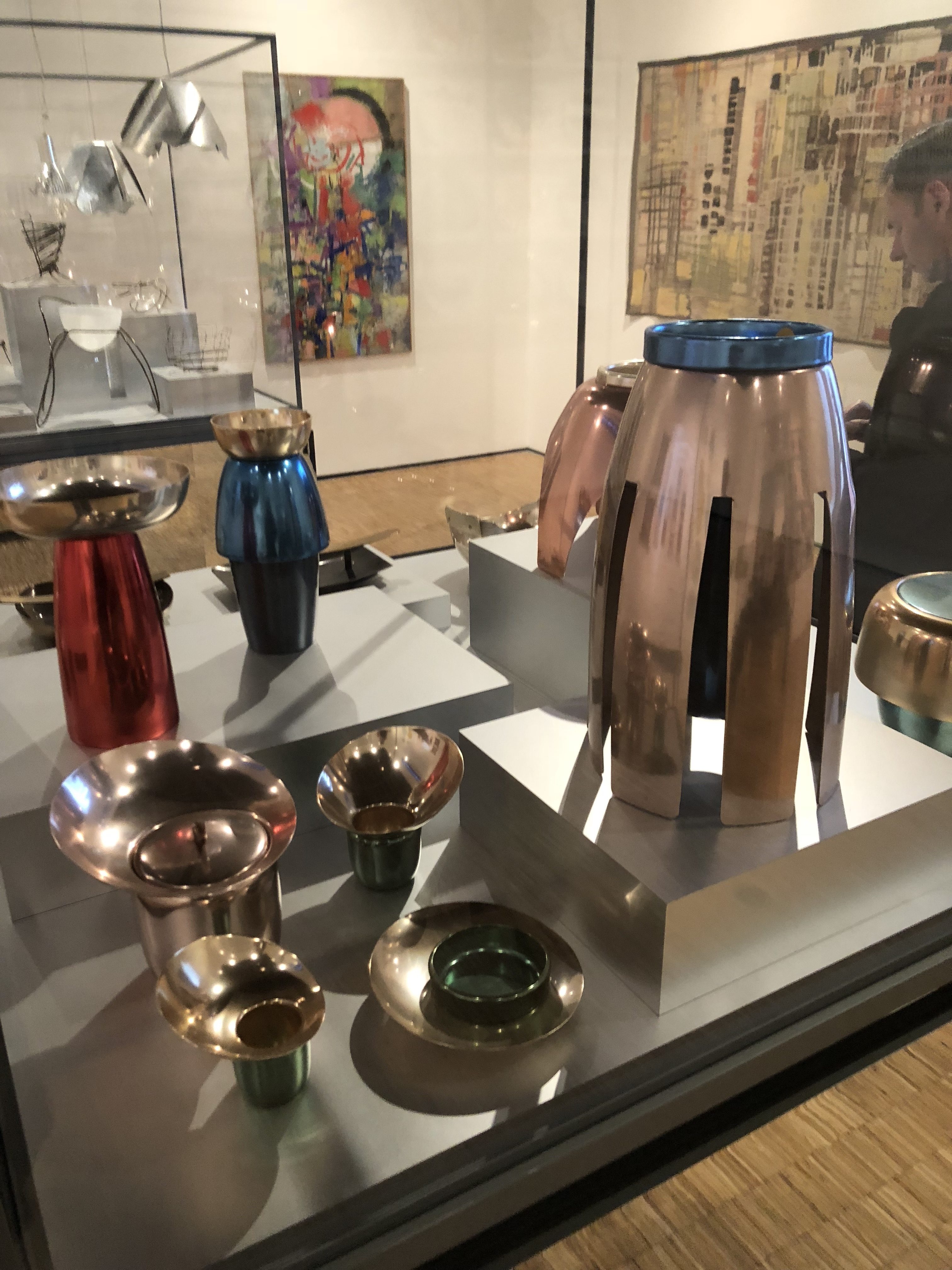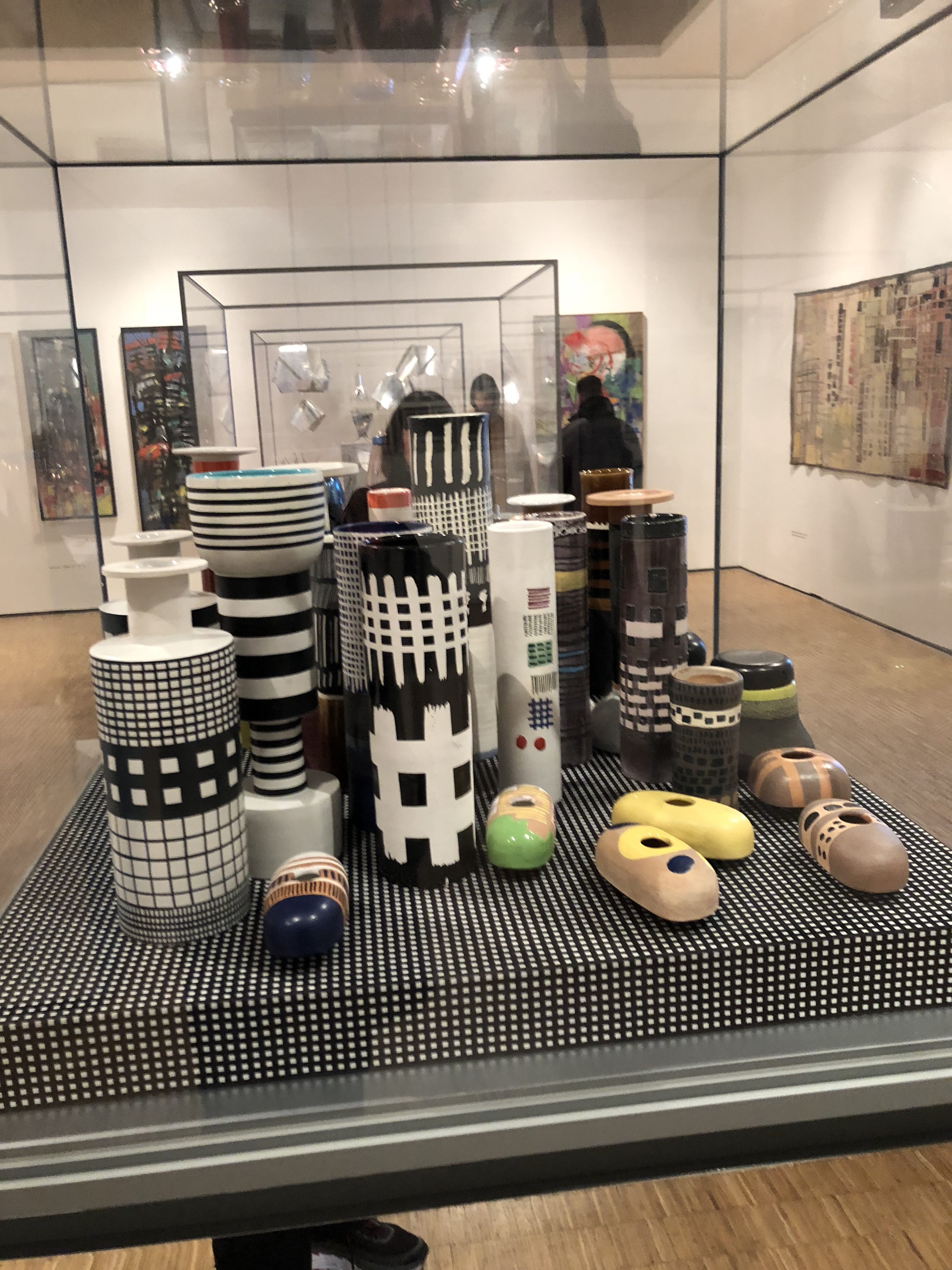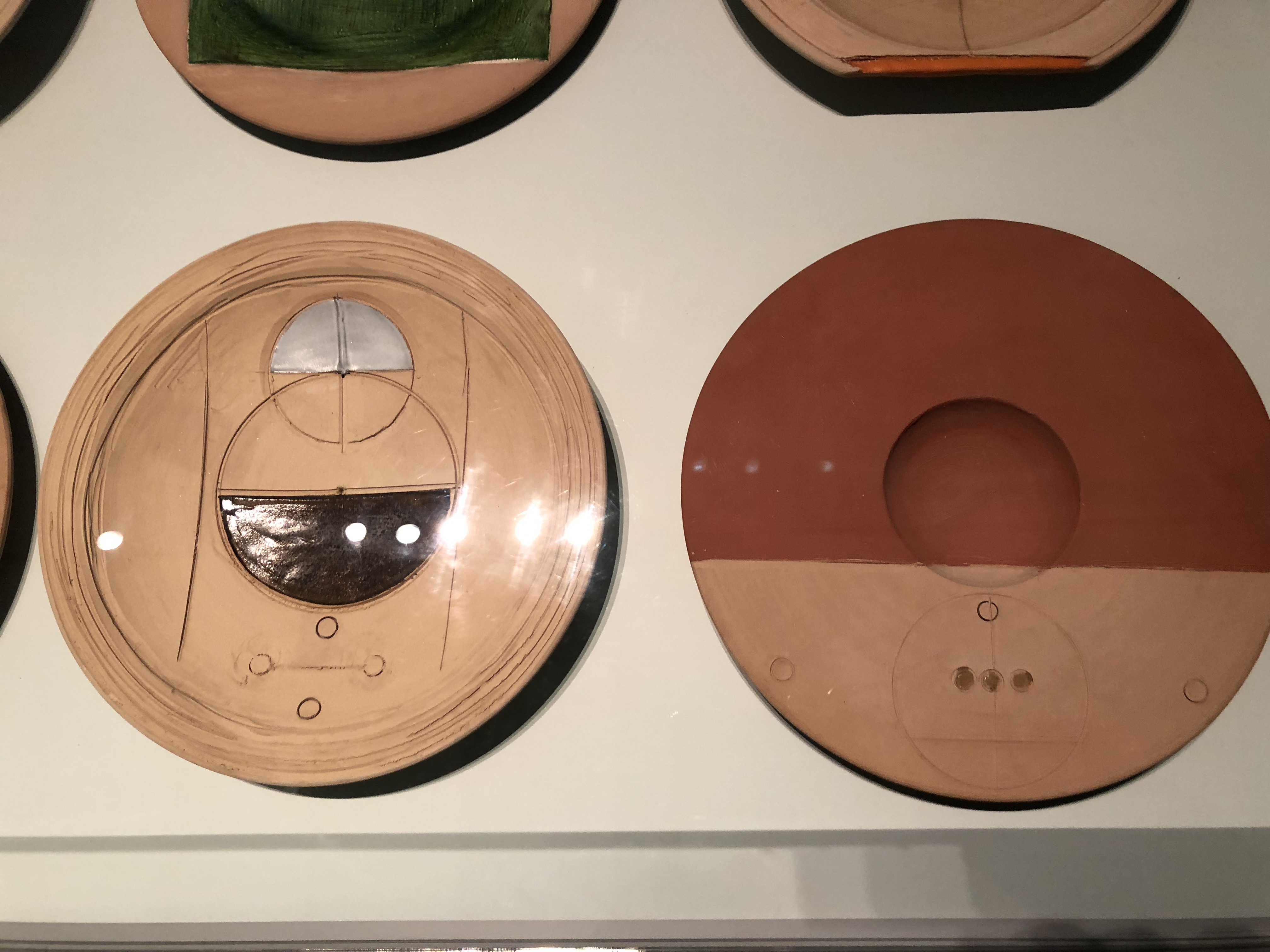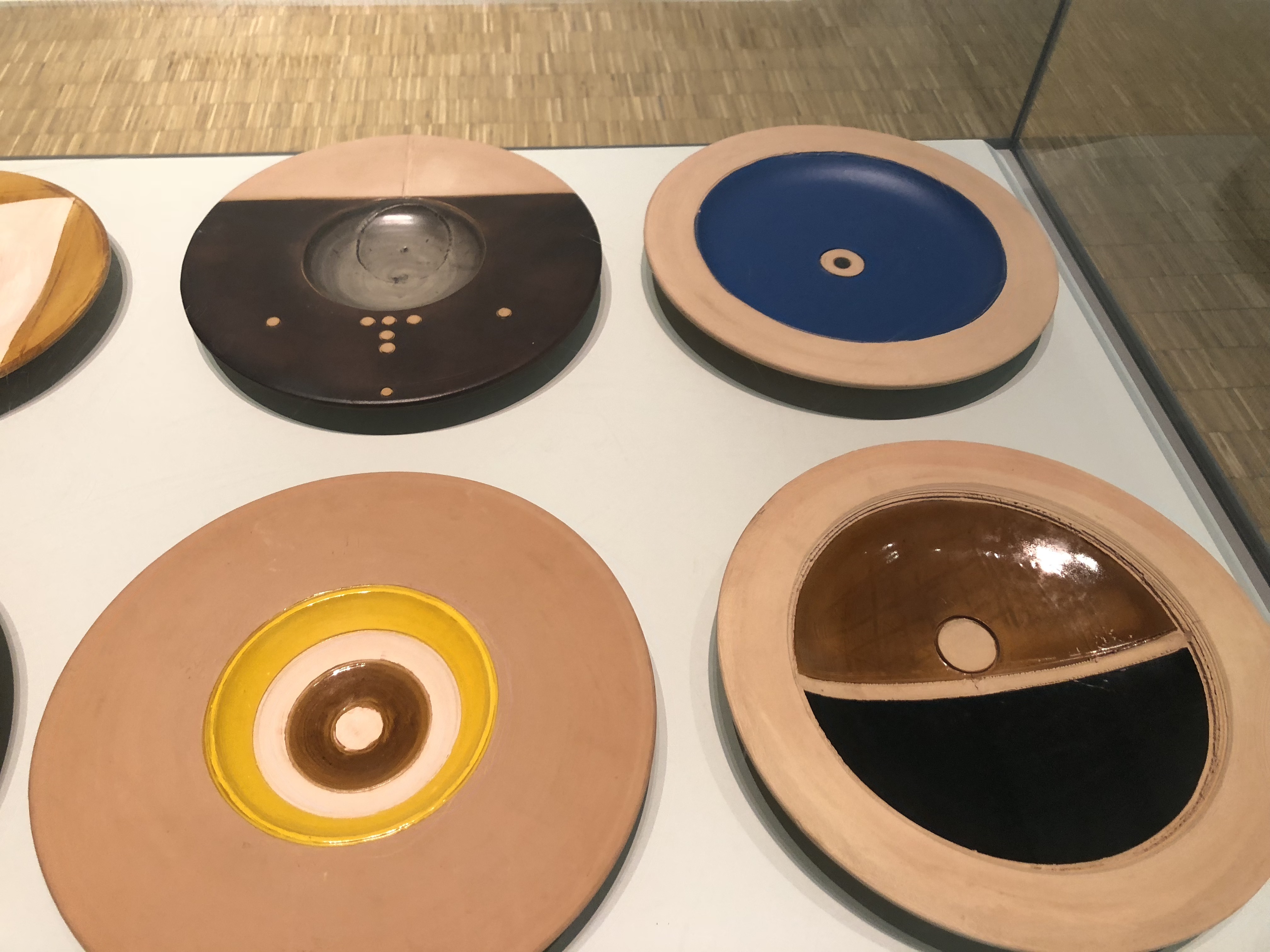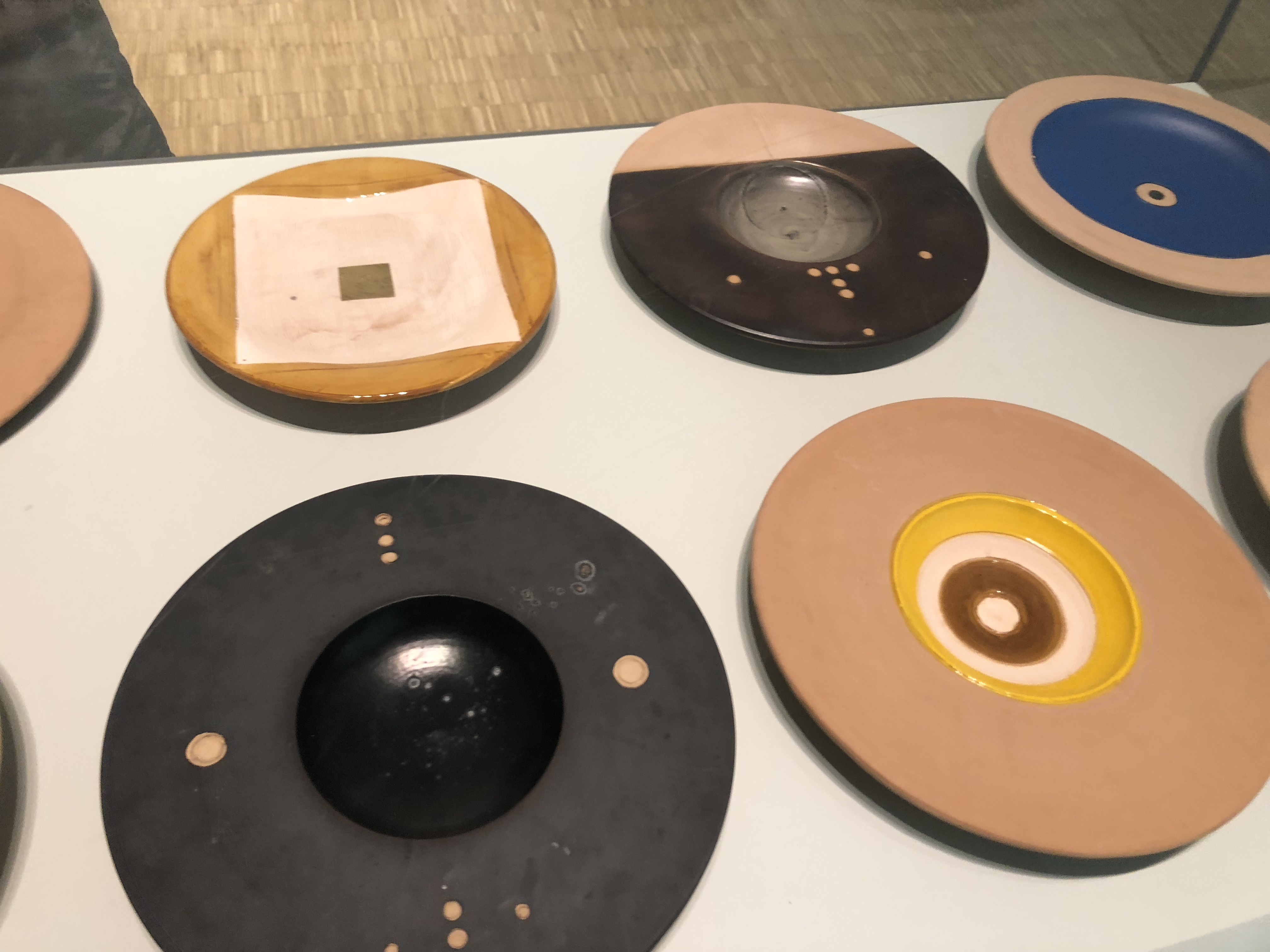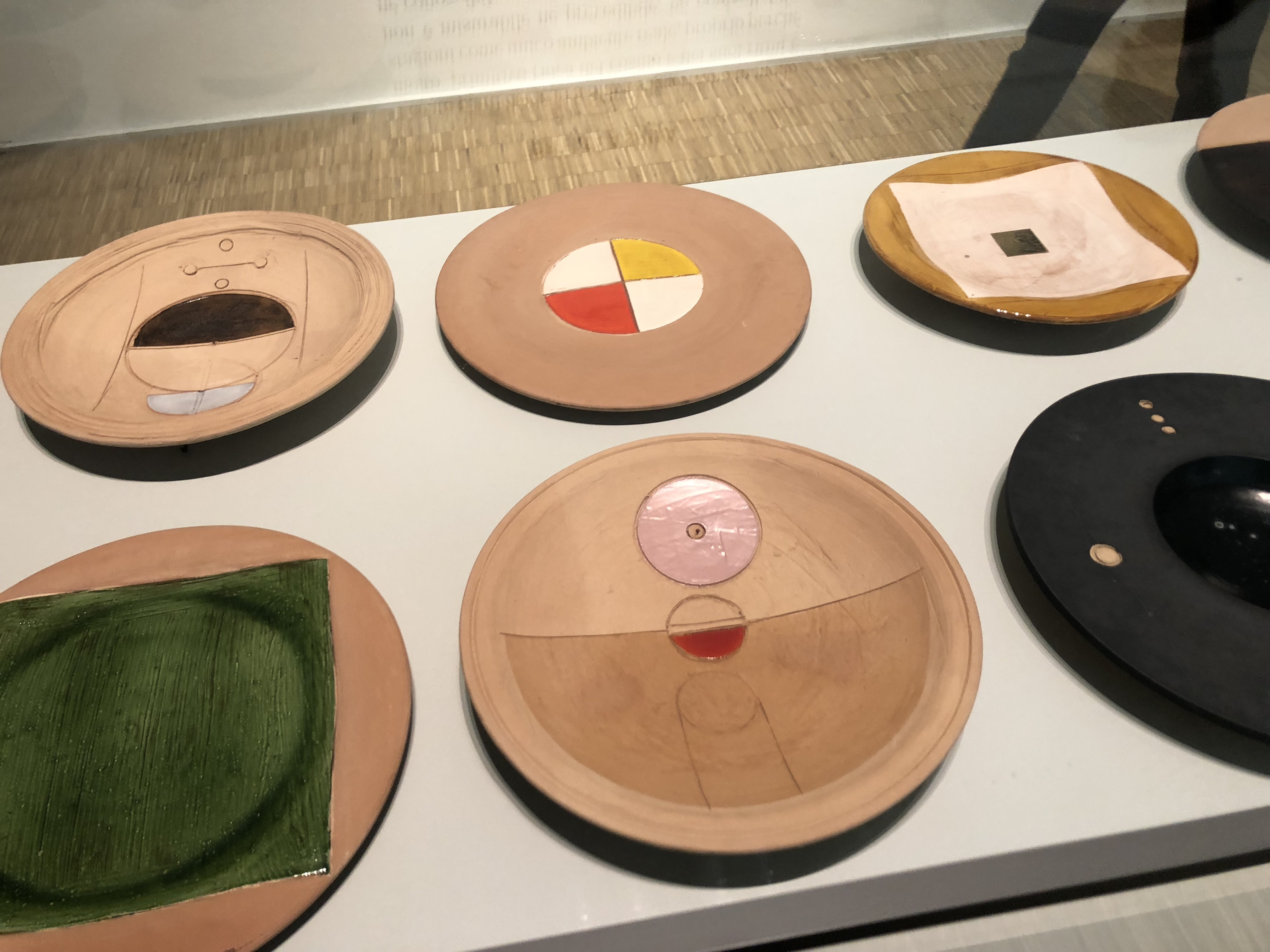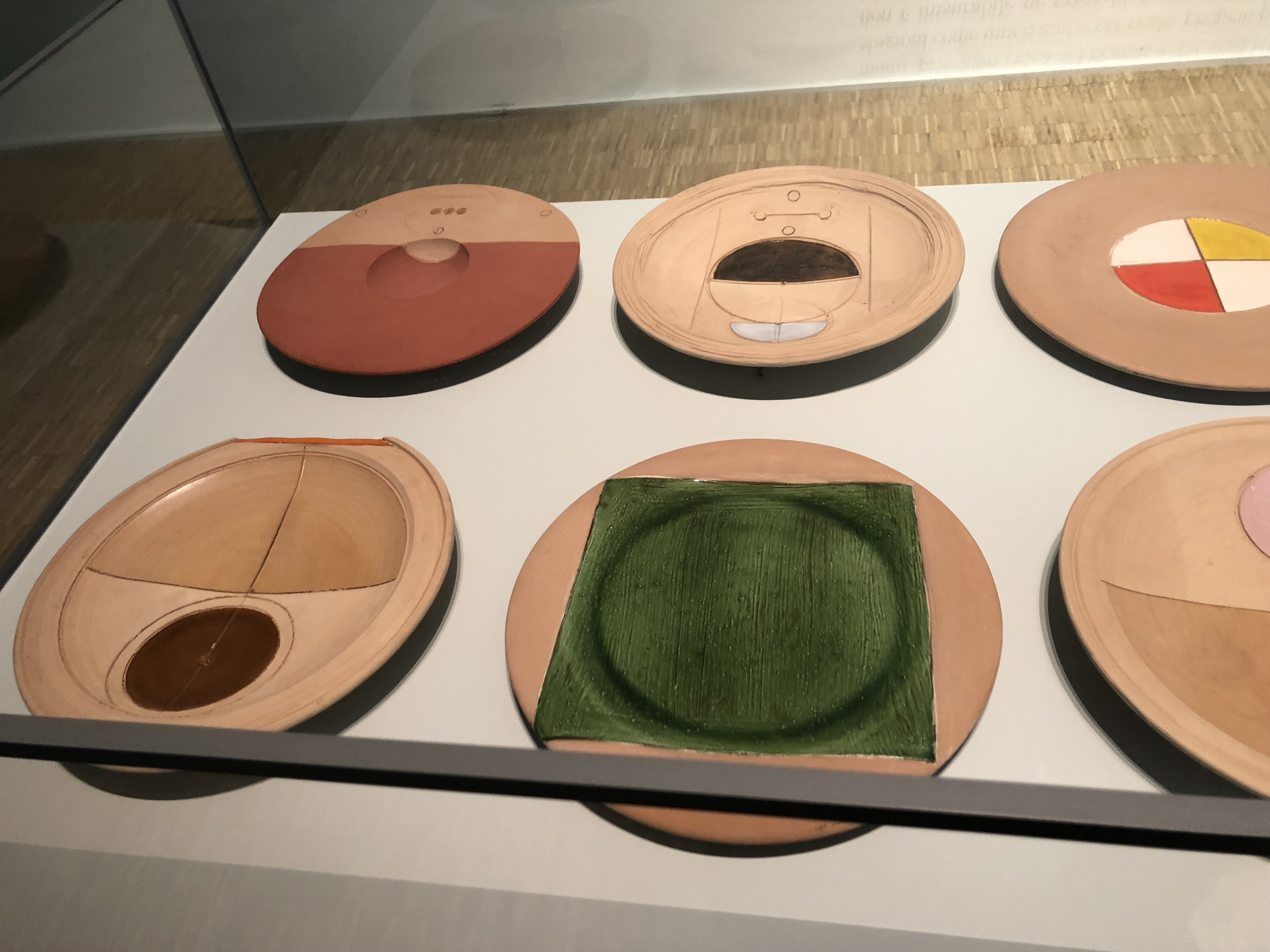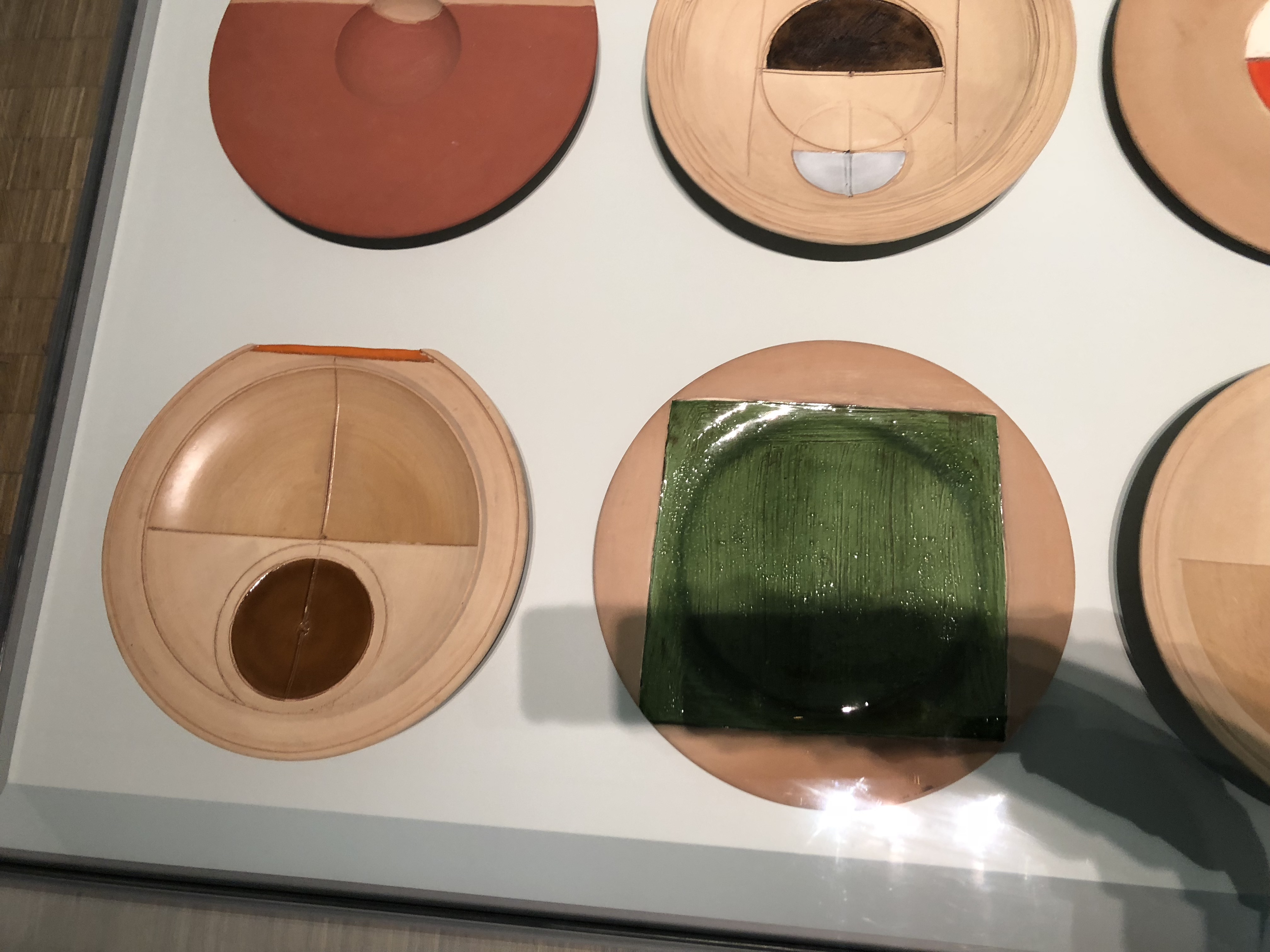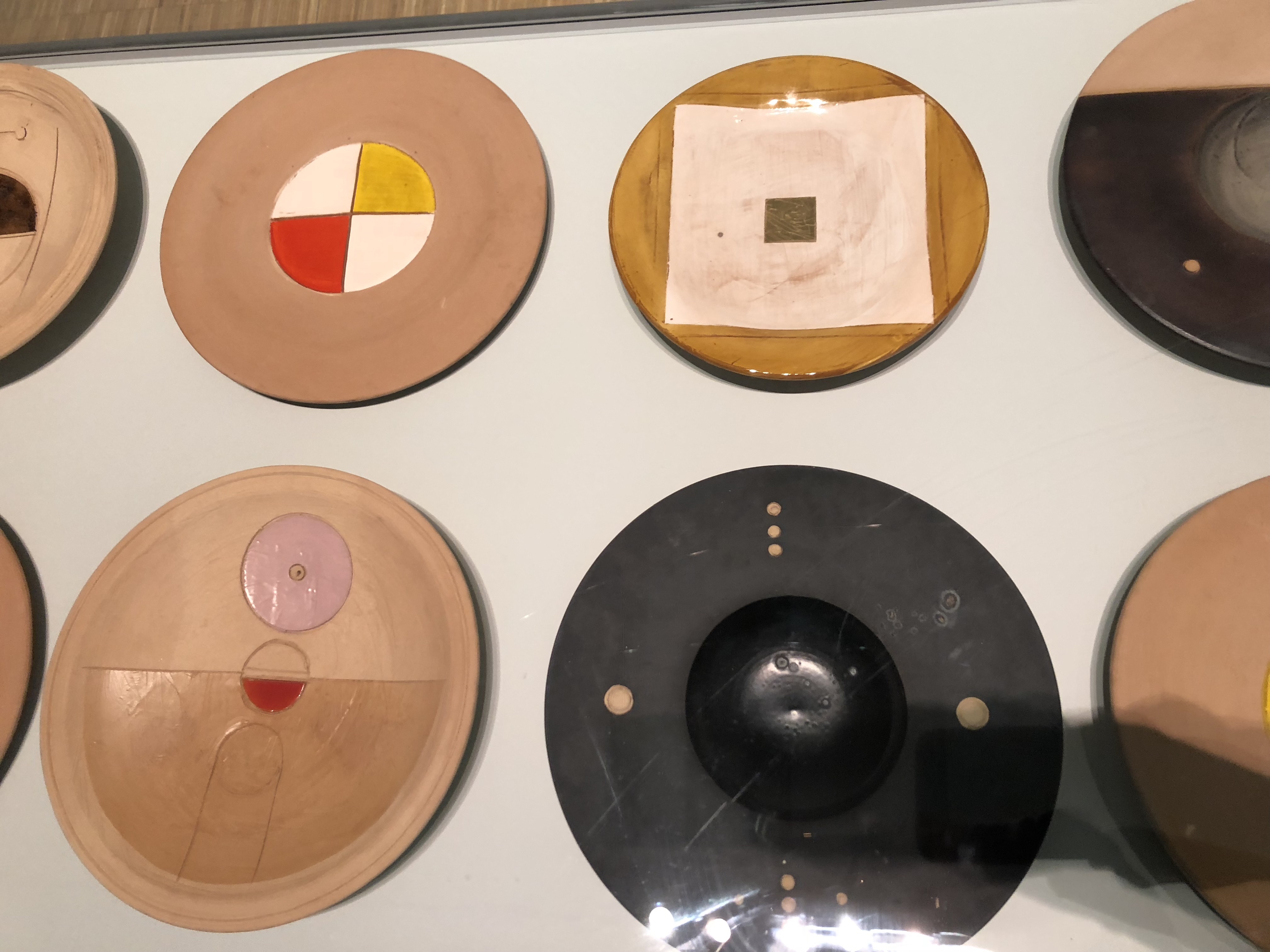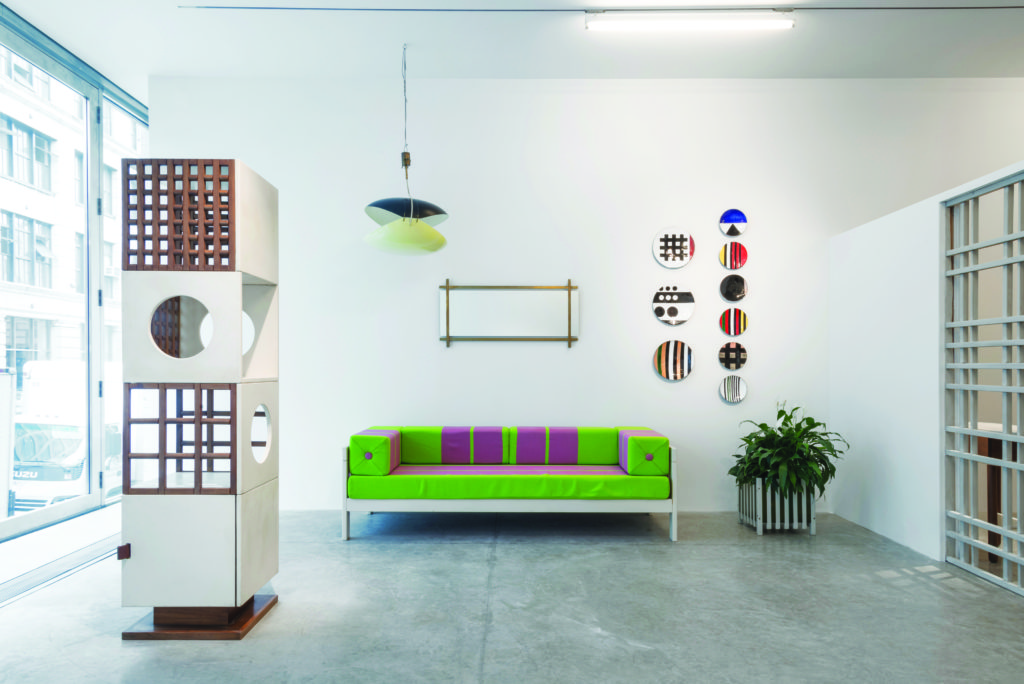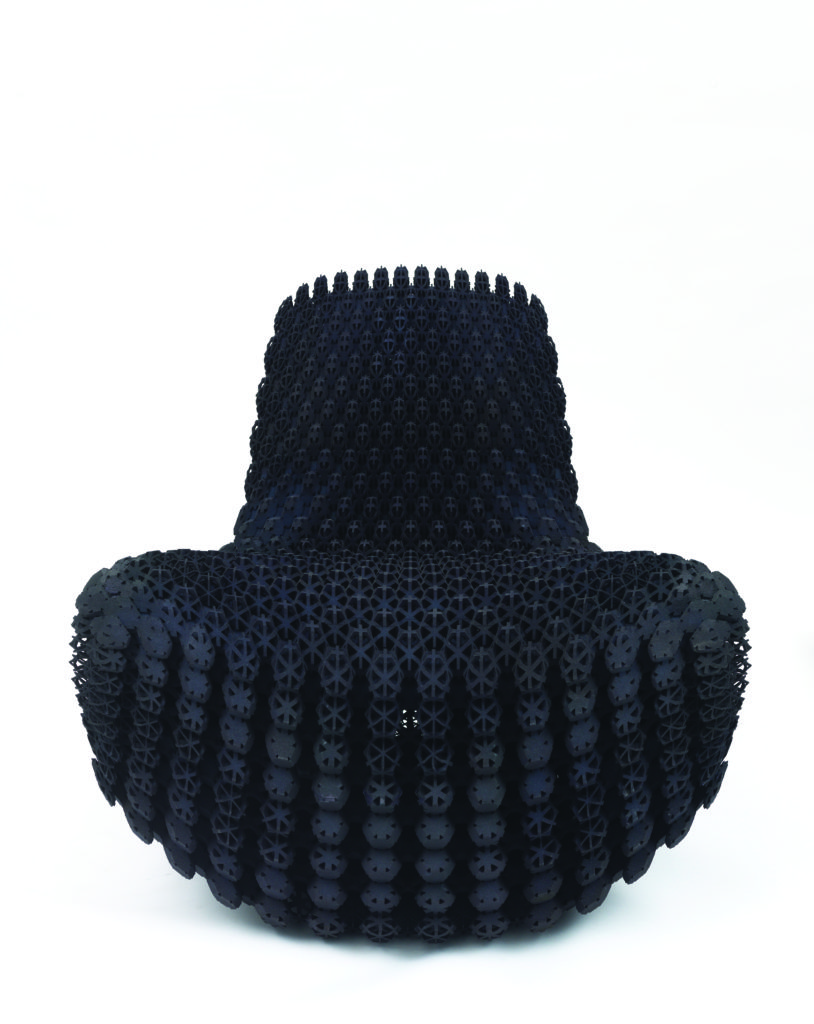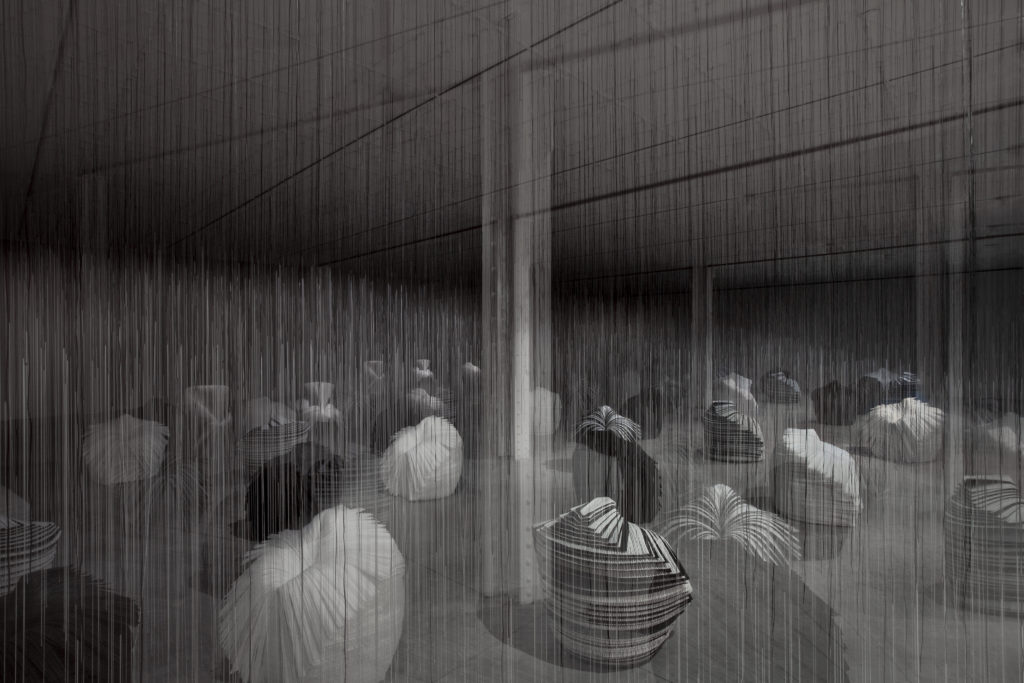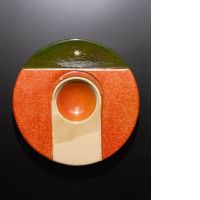The 13th edition of Design Miami (6-10 December) recently concluded. The global creative community descended on the city, all in the name of design and art. Seeing an energized focus on the expanding Design District this year, CoBo Social invited Al Eiber to share his top picks in Design Miami 2017.
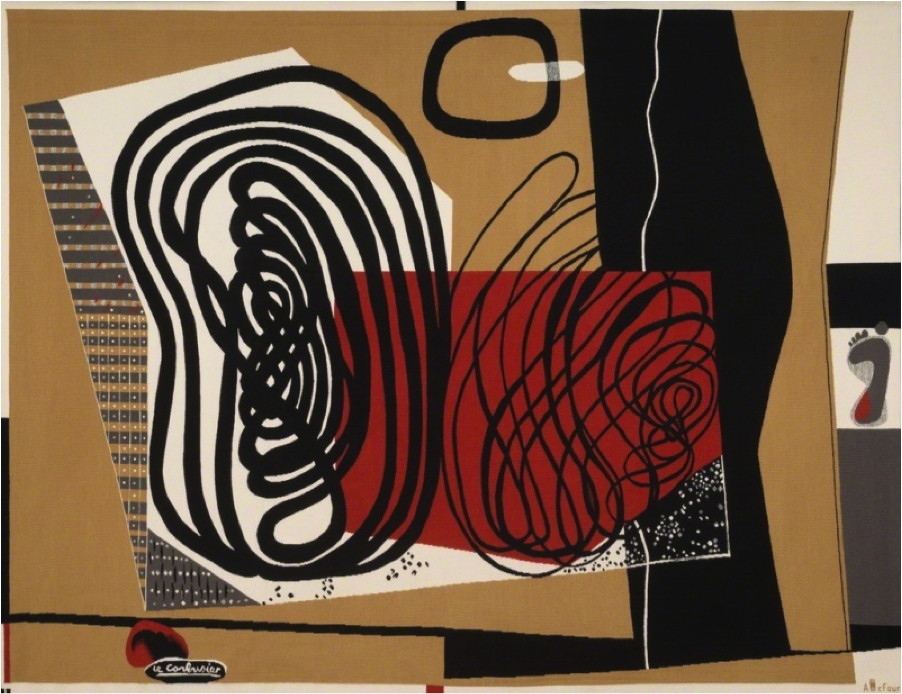
Le Corbusier
Les Huit
Tapestry
Robert Four
89 × 117 7/10 × 1 1/5 in
226 × 299 × 3 cm Edition 2/2AP/5+2 AP
Al Eiber’s take on the work: This Le Courbusier tapestry is a rare example designed by one of the most important architects of the 20th century.
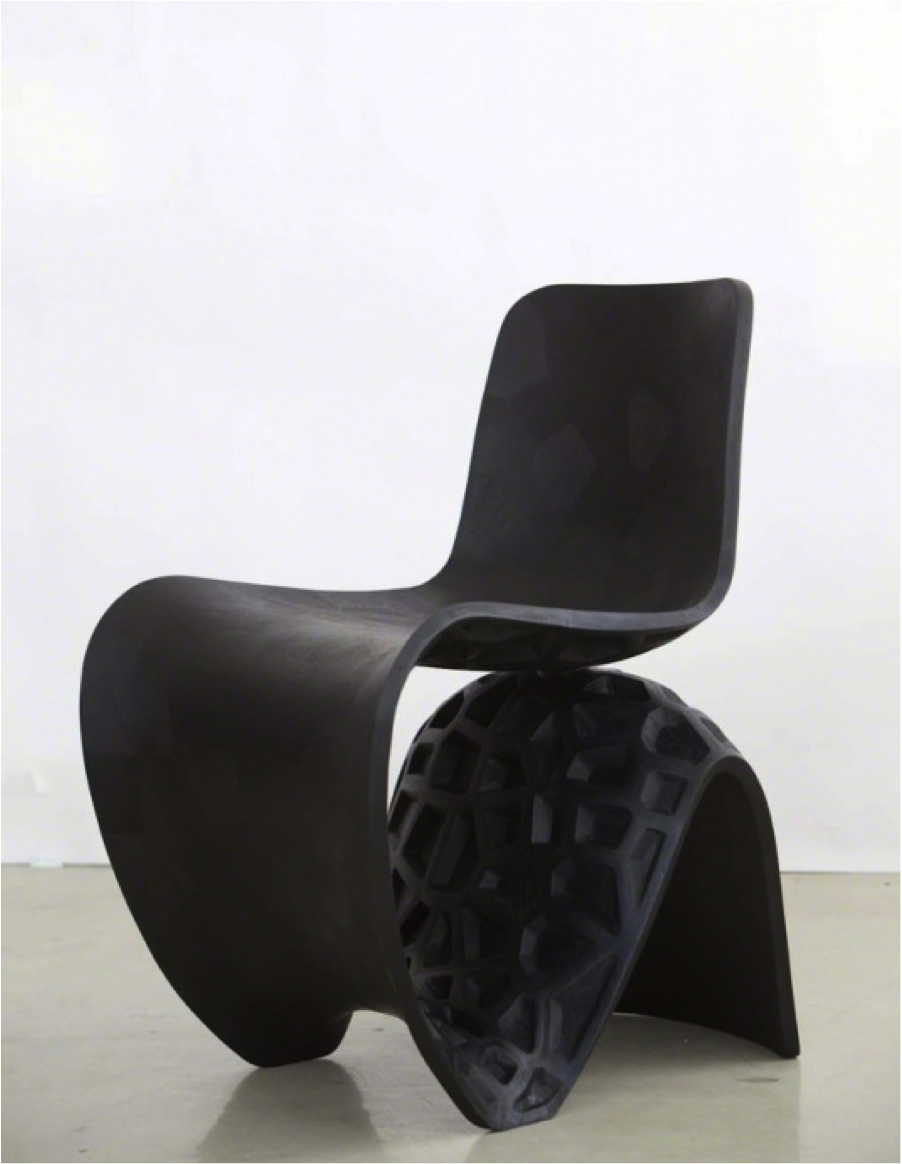
Joris Laarman
Maker Chair (Voronoi)
2014
Walnut
30 71/100 × 23 31/50 × 25 59/100 in
78 × 60 × 65 cm
Edition of 15
Al Eiber’s take on the work: Joris Laarman is probably the hottest young industrial designer. Currently Joris has a large exhibit at the Cooper Hewitt National Design Museum.

Ettore Sottsass
Kachina 6
2006
Blown glass
19 × 12 1/4 × 9 1/2 in
48.3 × 31.1 × 24.1 cm
Al Eiber’s take on the work: Ettore Sottsass is one of my favorite architects. His glass pieces and his 1960’s ceramics are especially great and collectable.
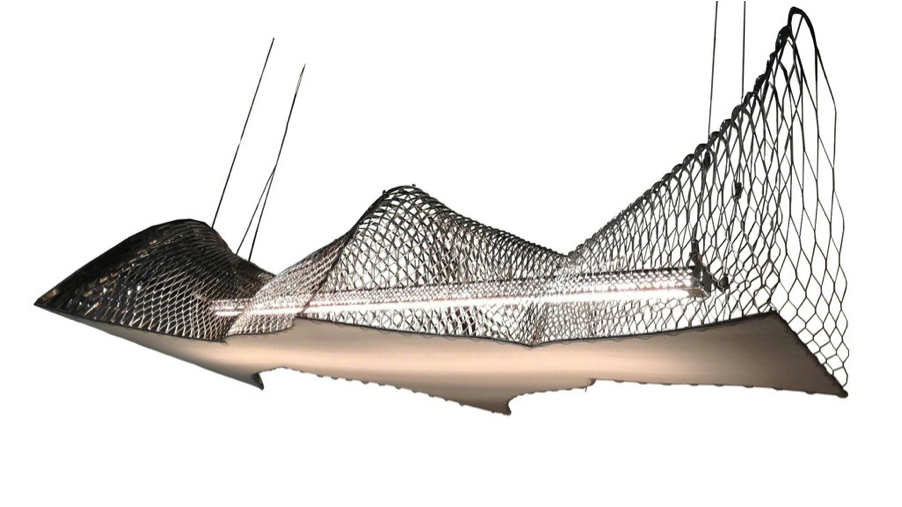
Kengo Kuma
Urushi Project, Chandelier
2017
31 1/2 × 78 7/10 × 31 1/2 in
80 × 199.9 × 80 cm
Al Eiber’s take on the work: This chandelier by this brilliant Japanese architect is fantastic.

STUDIO 65
“Bocca” Sofa
1973
Red stretched upholstery over polyurethane foam
Gufram
83 × 32 × 36 in
210.8 × 81.3 × 91.4 cm
Al Eiber’s take on the work: The Italian Radical Design work is finally receiving appropriate recognition as a historically important period. Look for pieces designed by Archizoom, Superstudio and Studio 65.
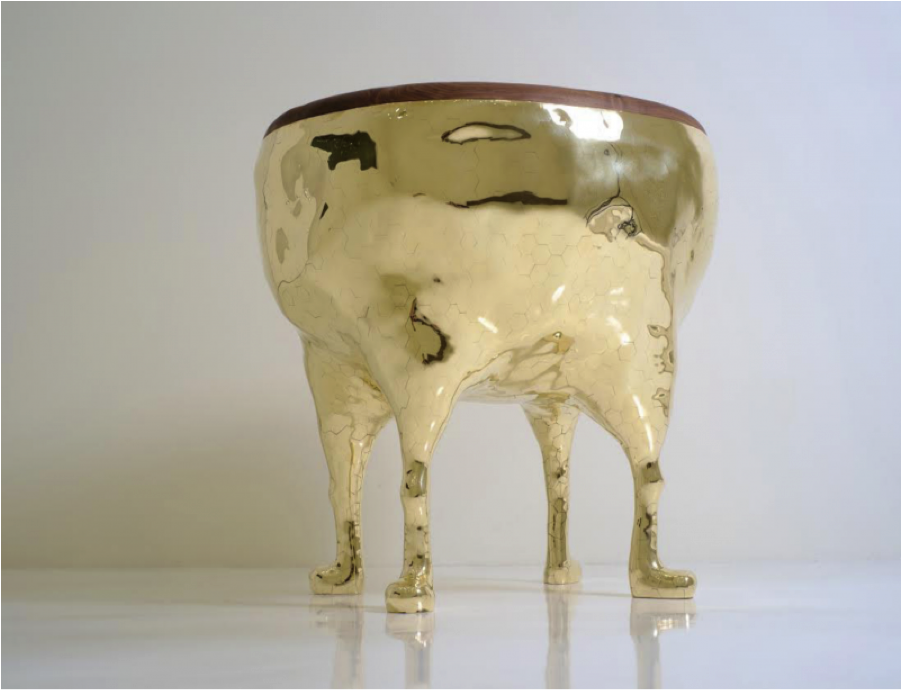
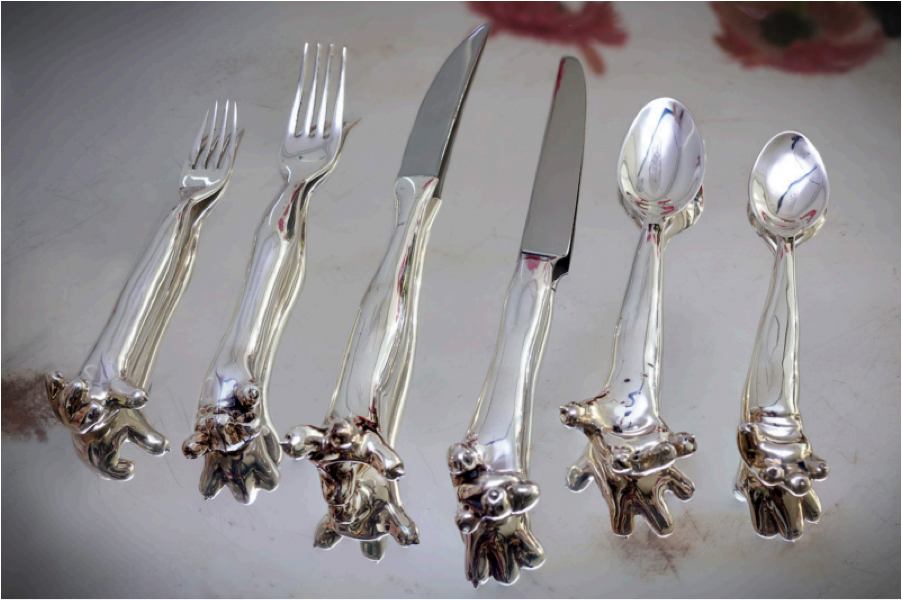
The Haas Brothers
George II
Silverware Hex Display Case
2015
Hex Tile, Walnut
Unique Hex Tile Display Case with Carved Walnut Top with seventy-two slots.
37”L x 30.5”W x 32”H.
The Haas Brothers
George II
Silverware Set
2015
Sterling Silver
Unique sculptural silverware produced in Sterling silver, comprised of six pieces.
Al Eiber’s take on the work: The Haas Brothers made this Silverware which they named George II. It is one of the most stunning flatware sets I have ever seen.
